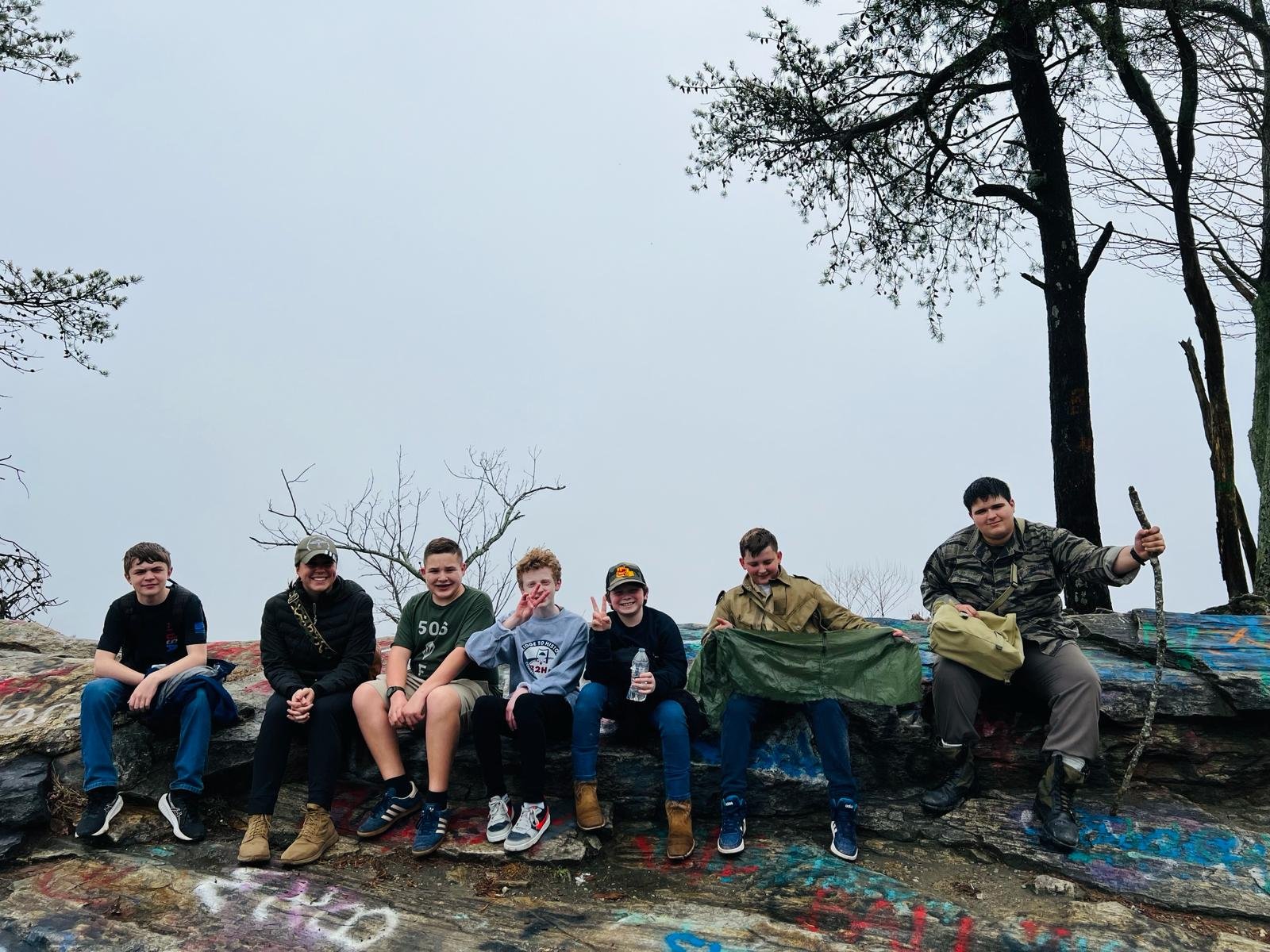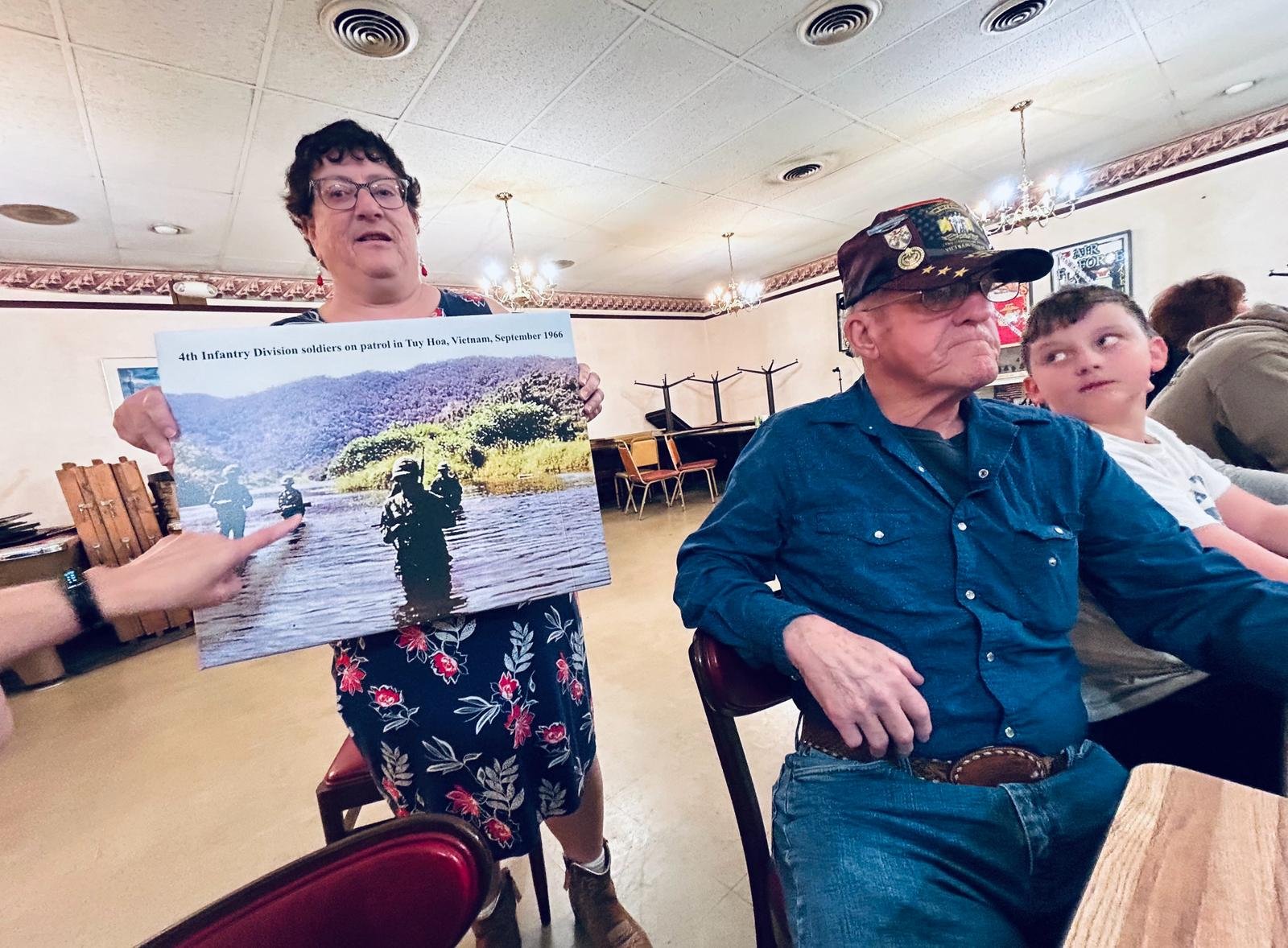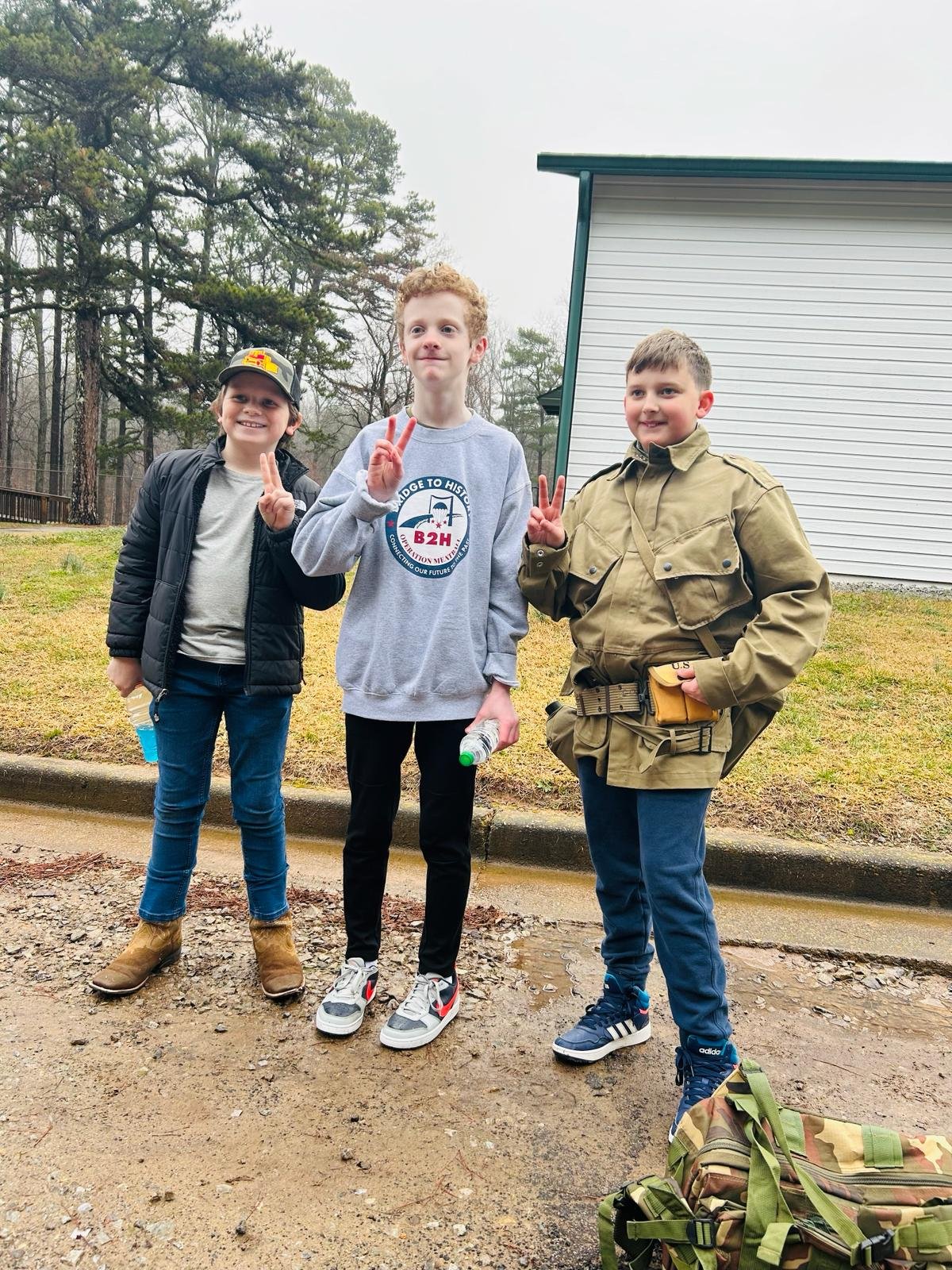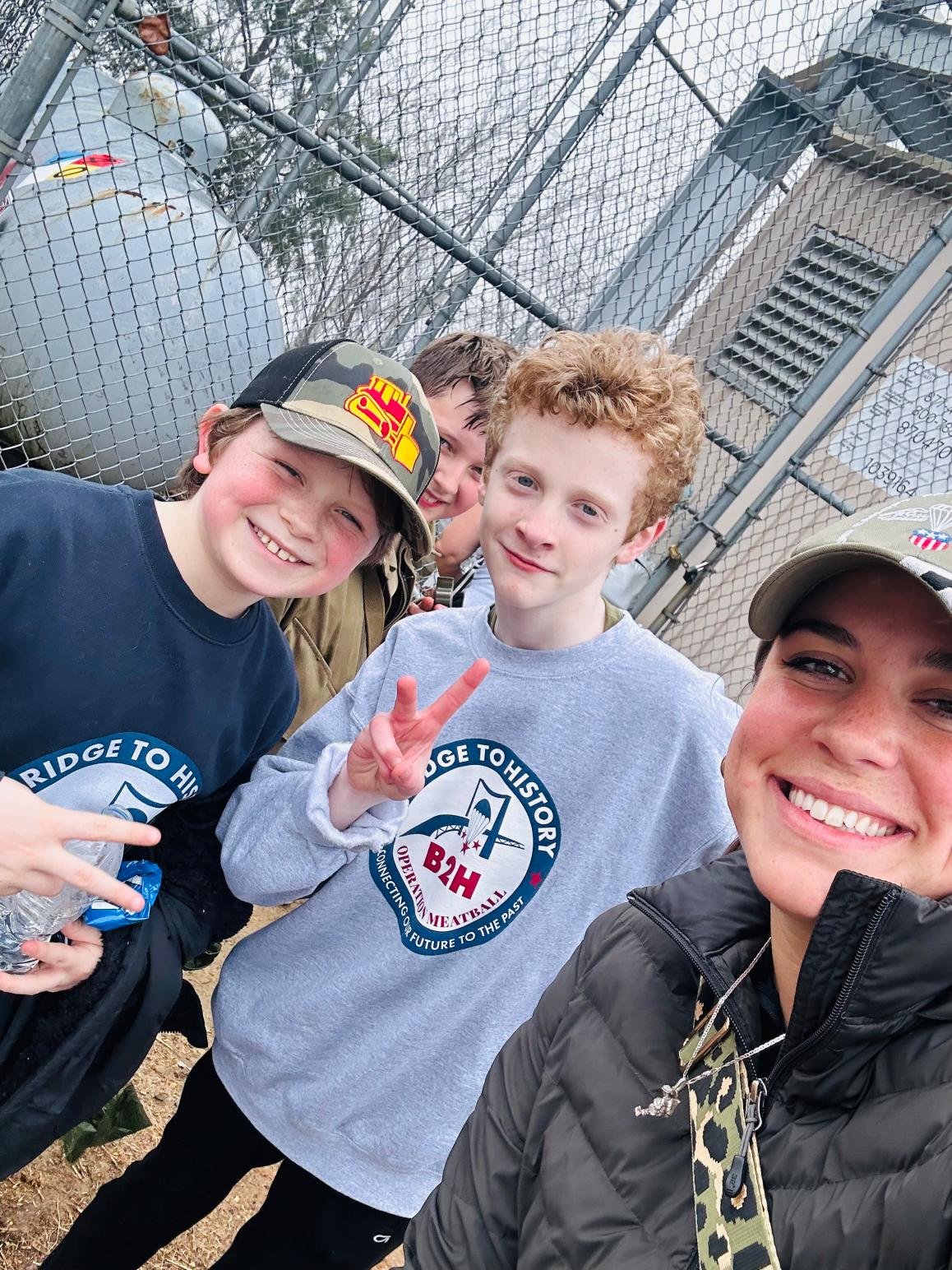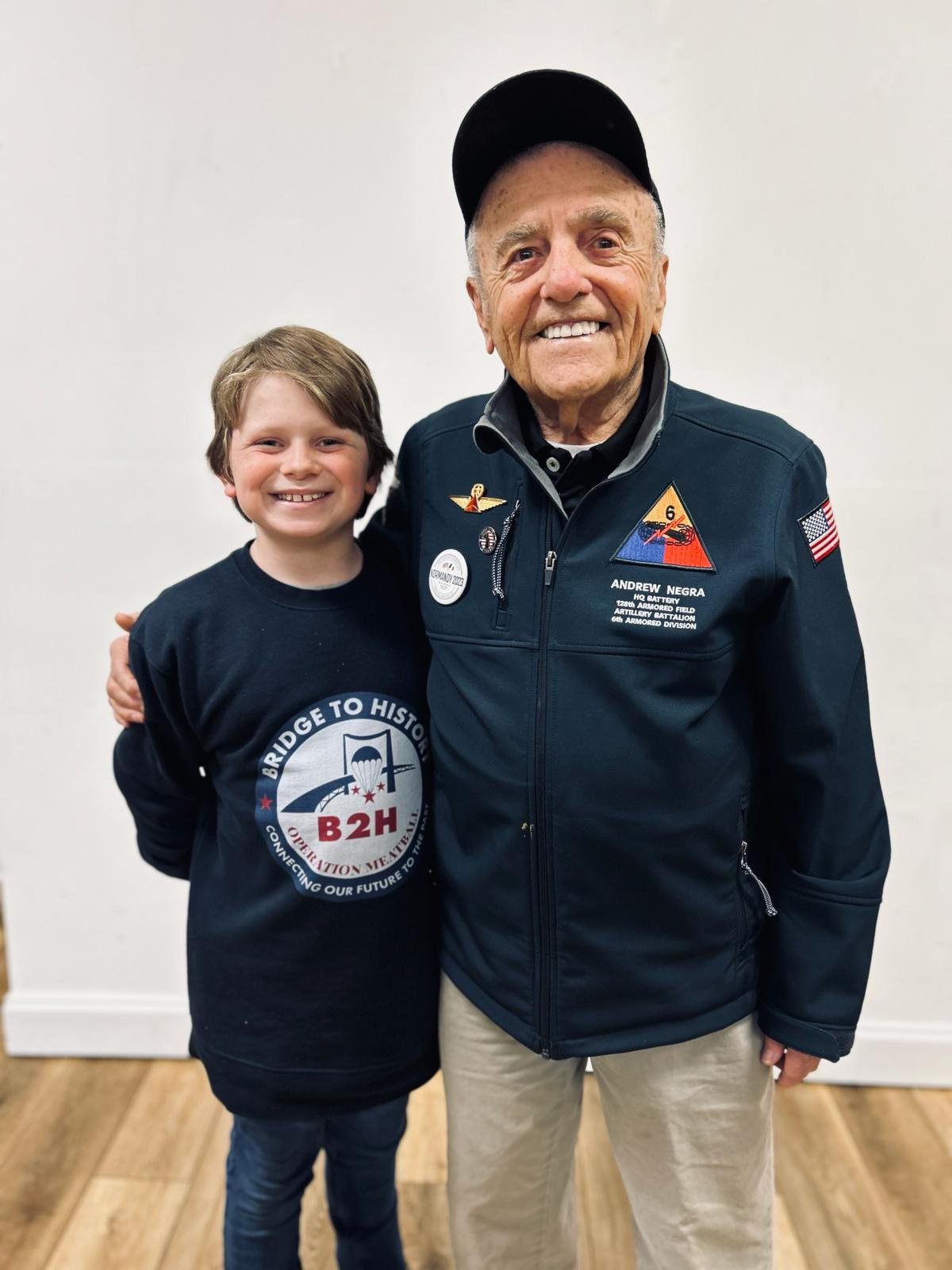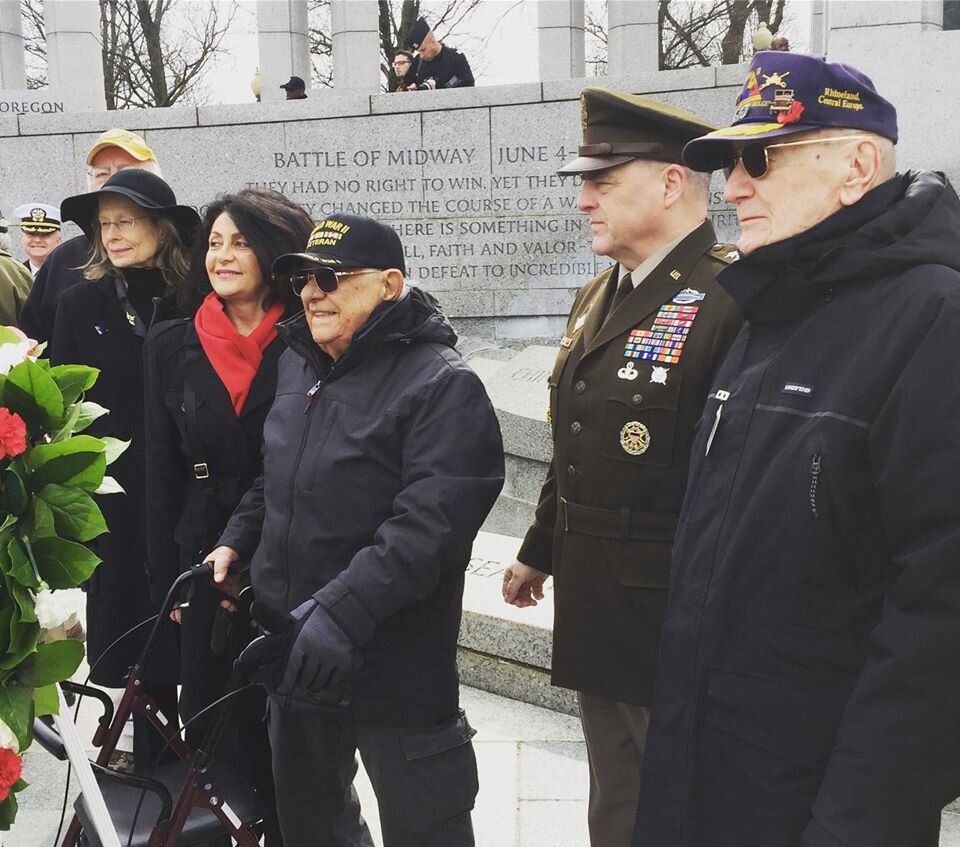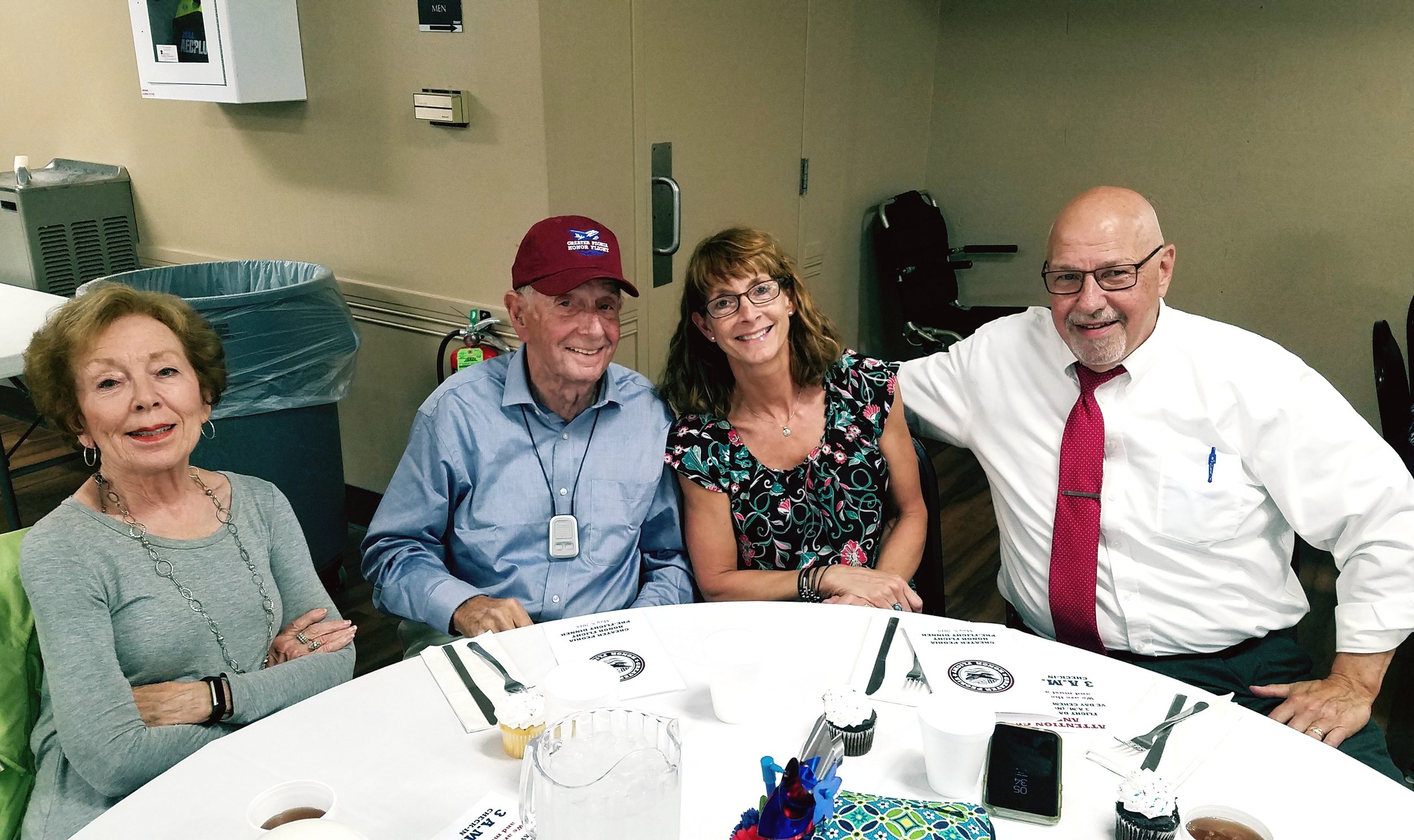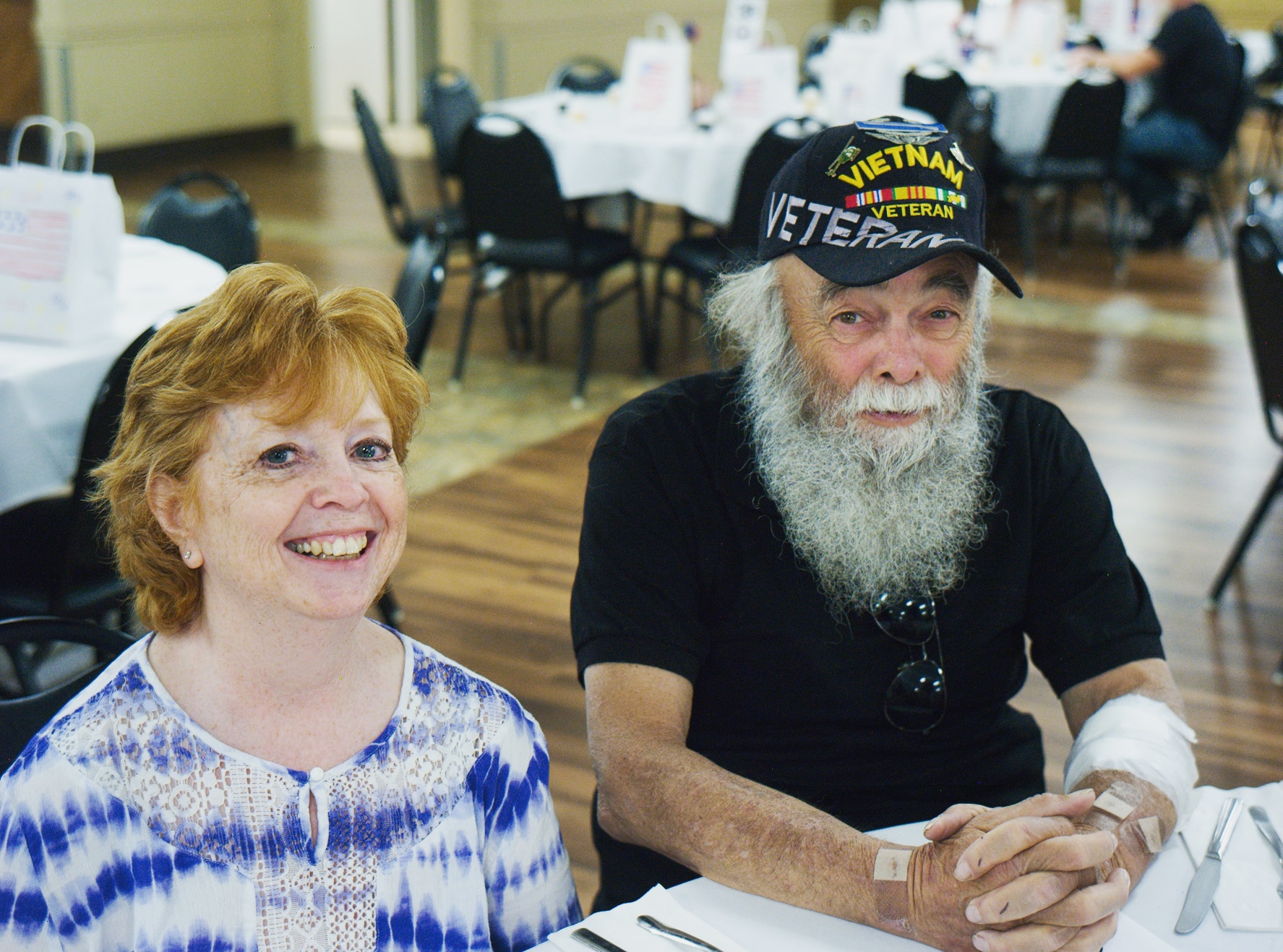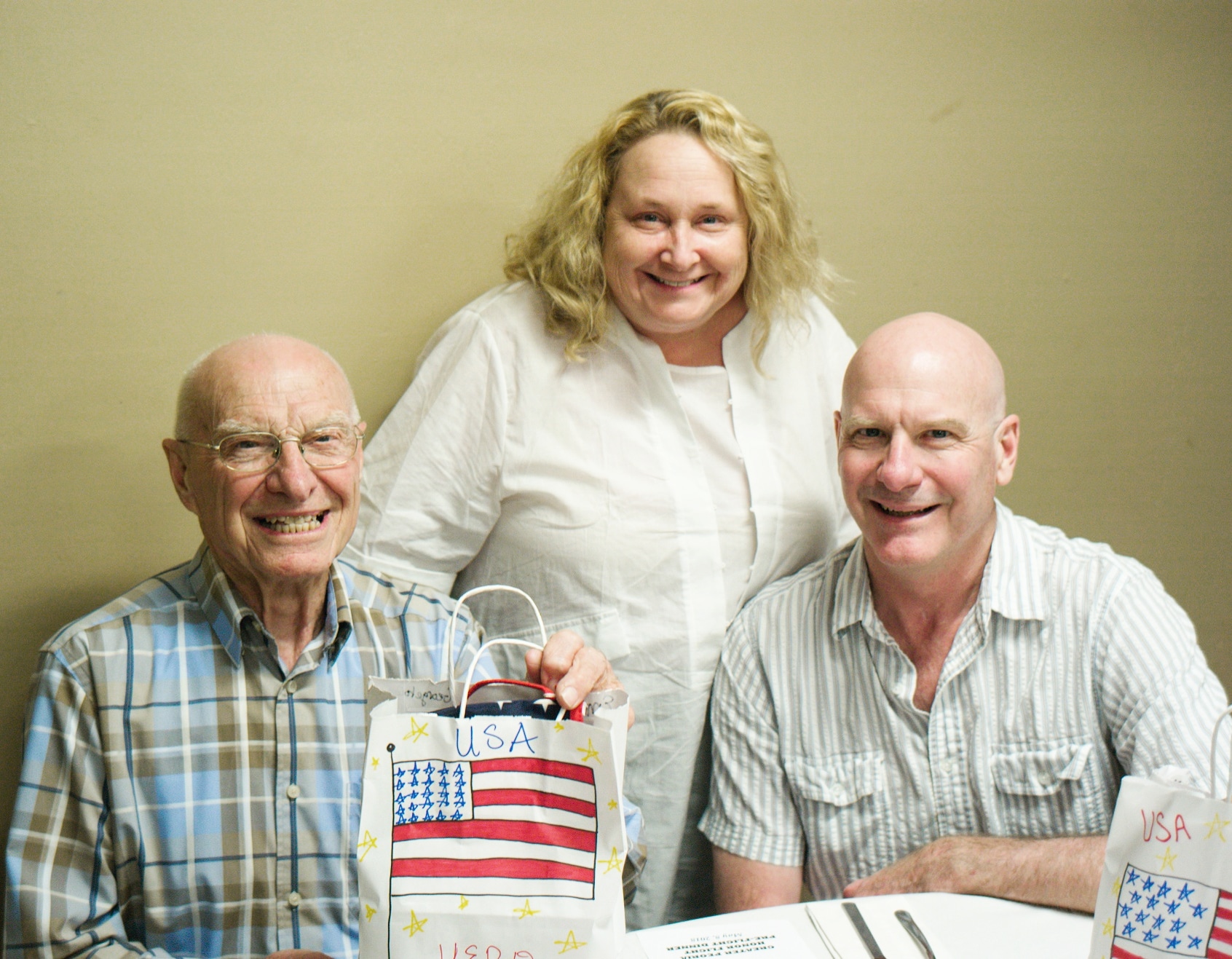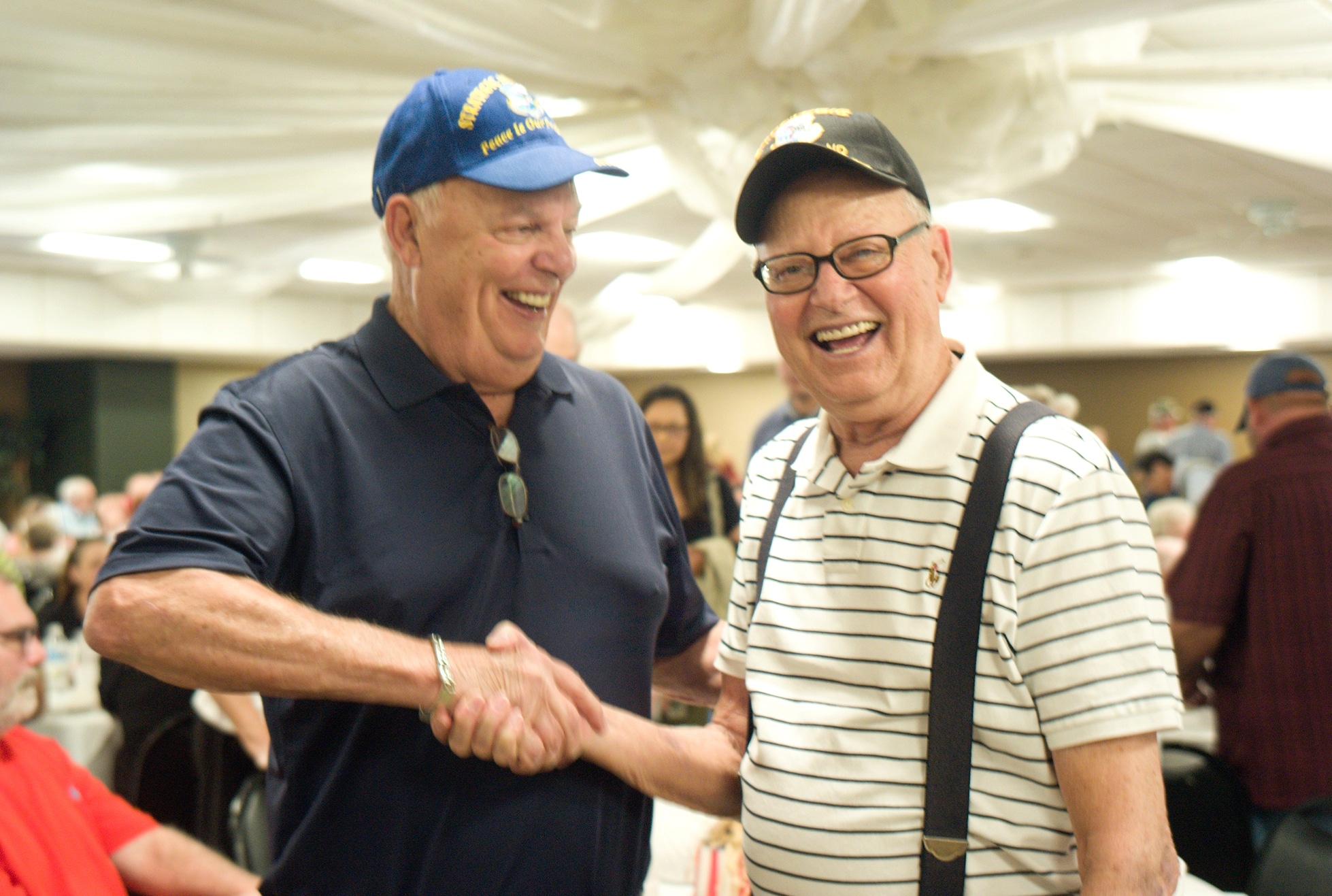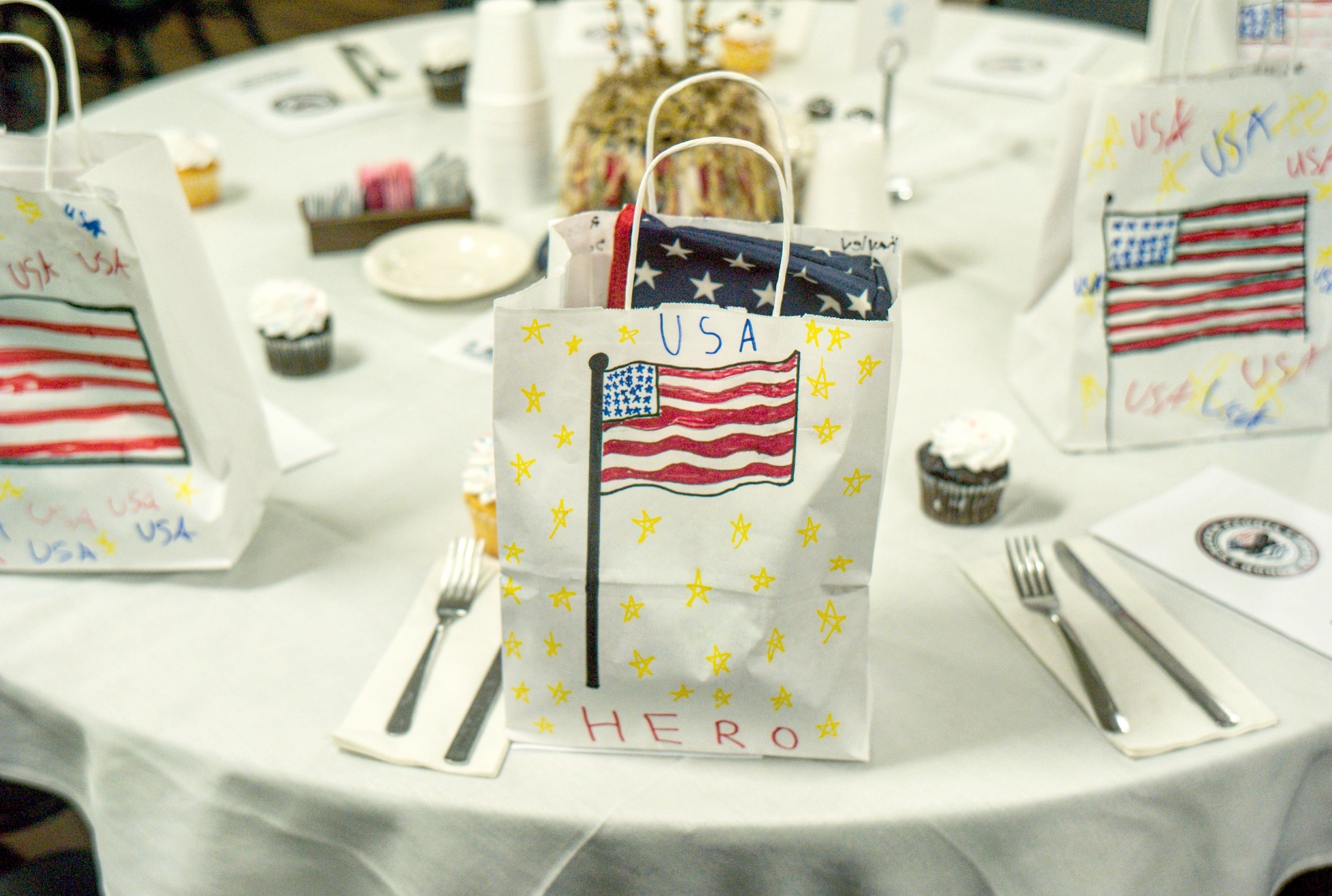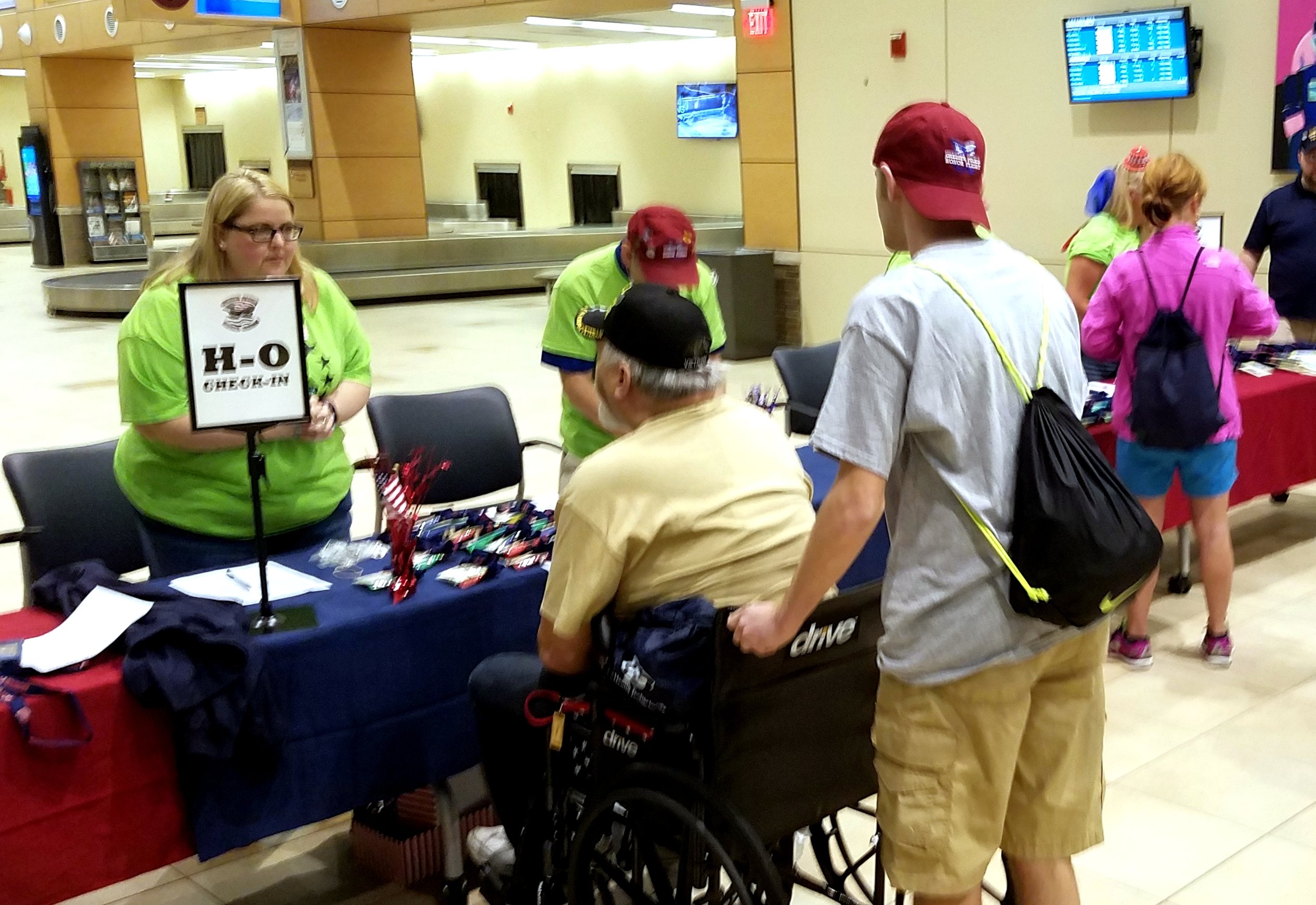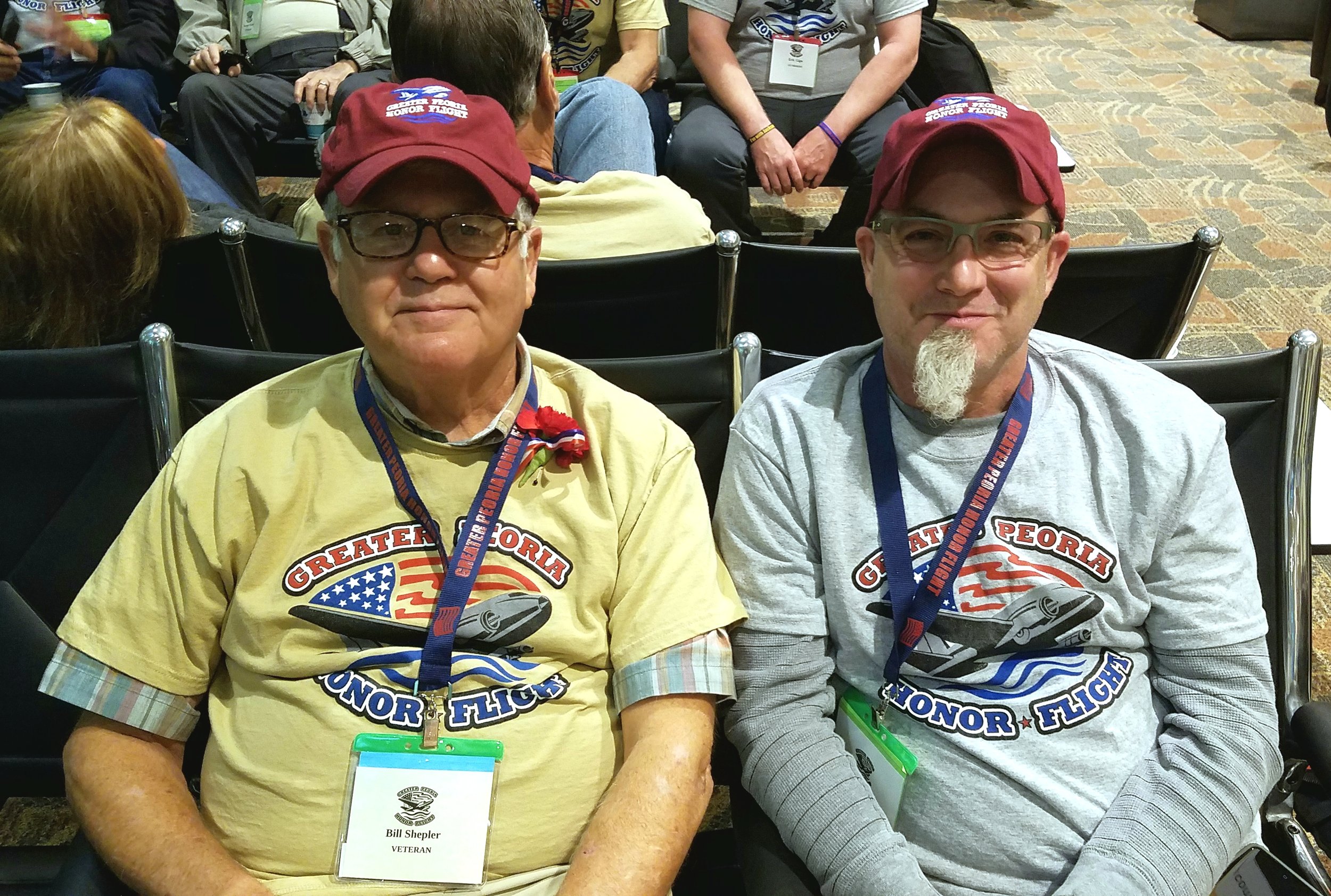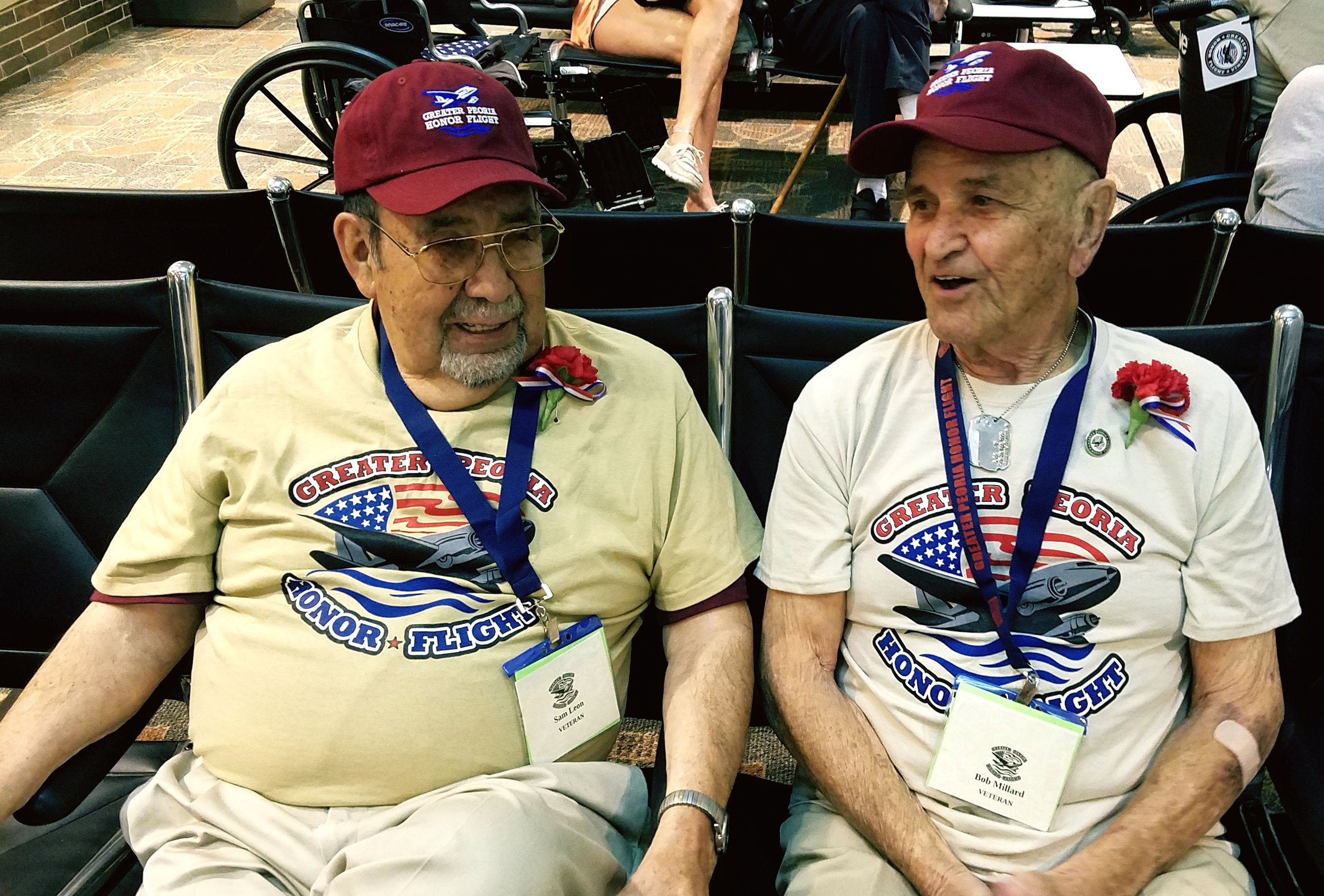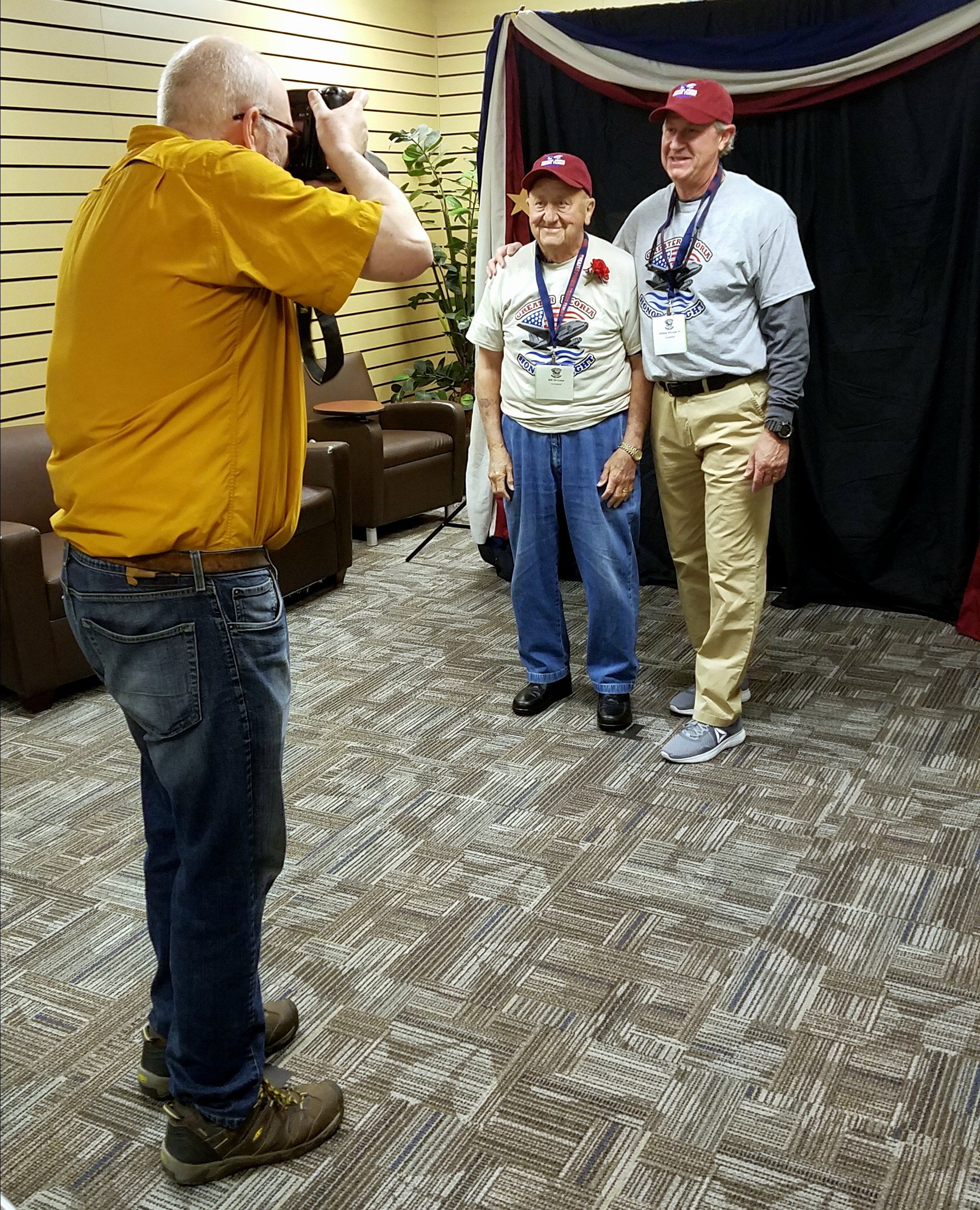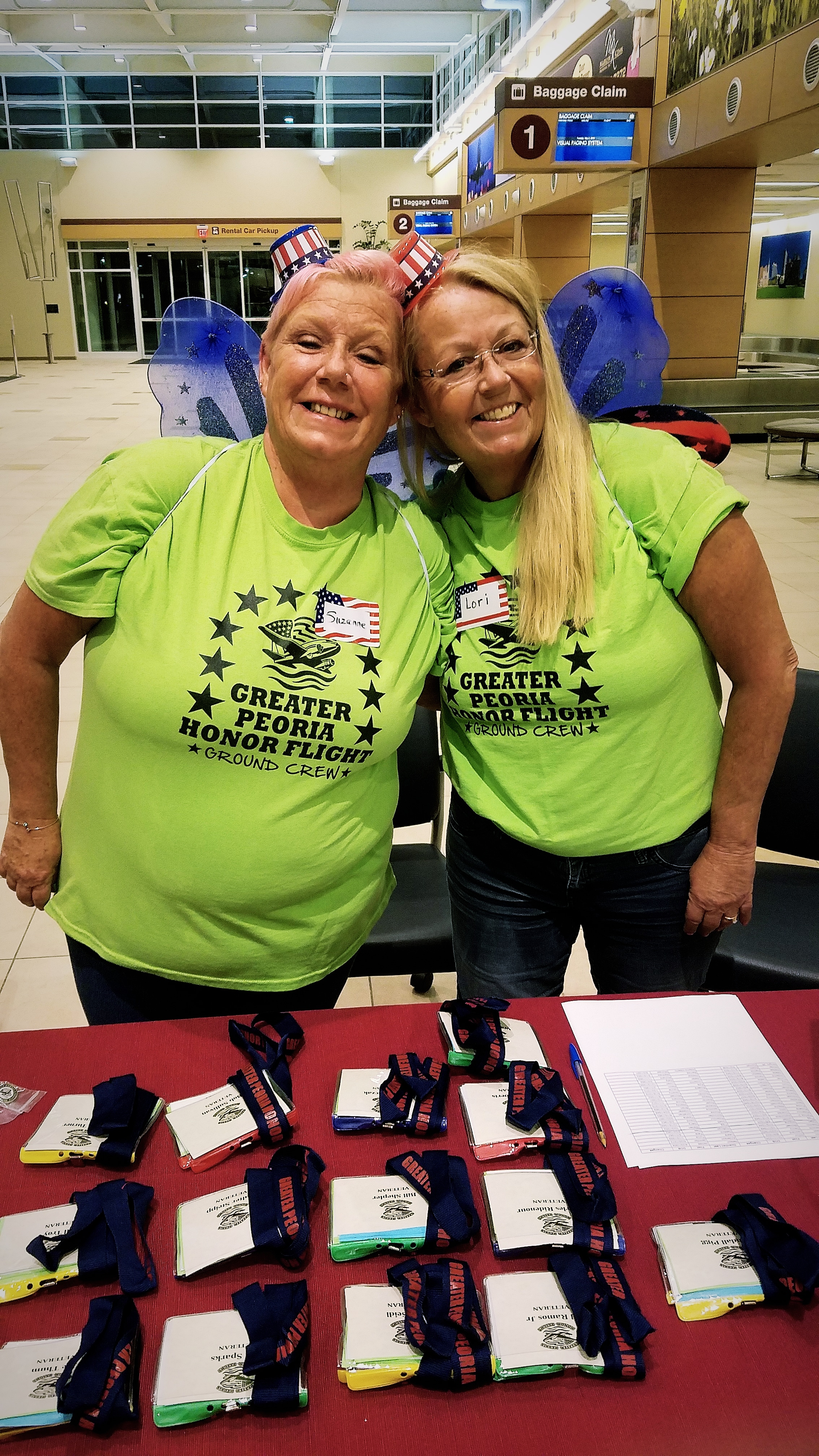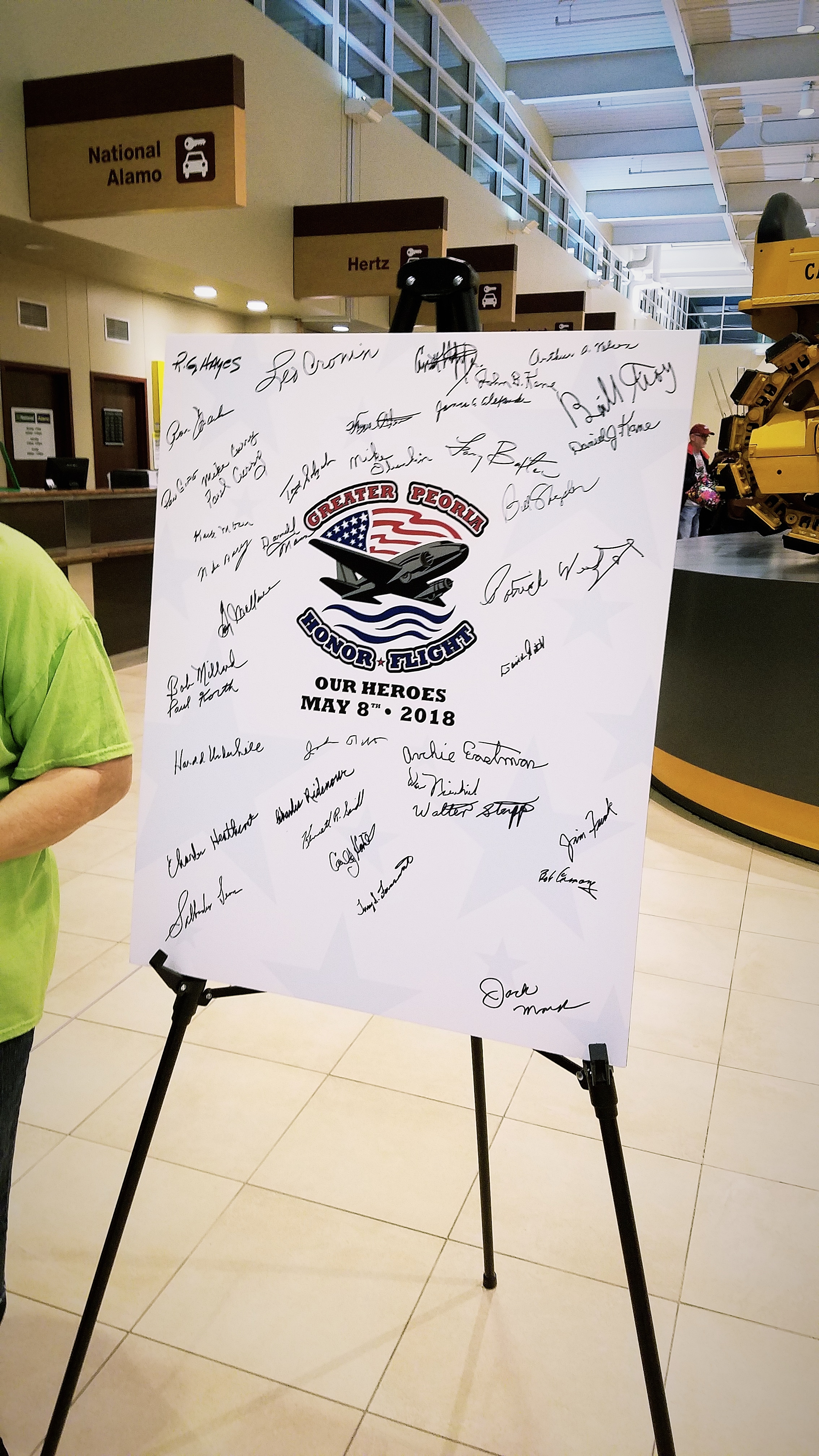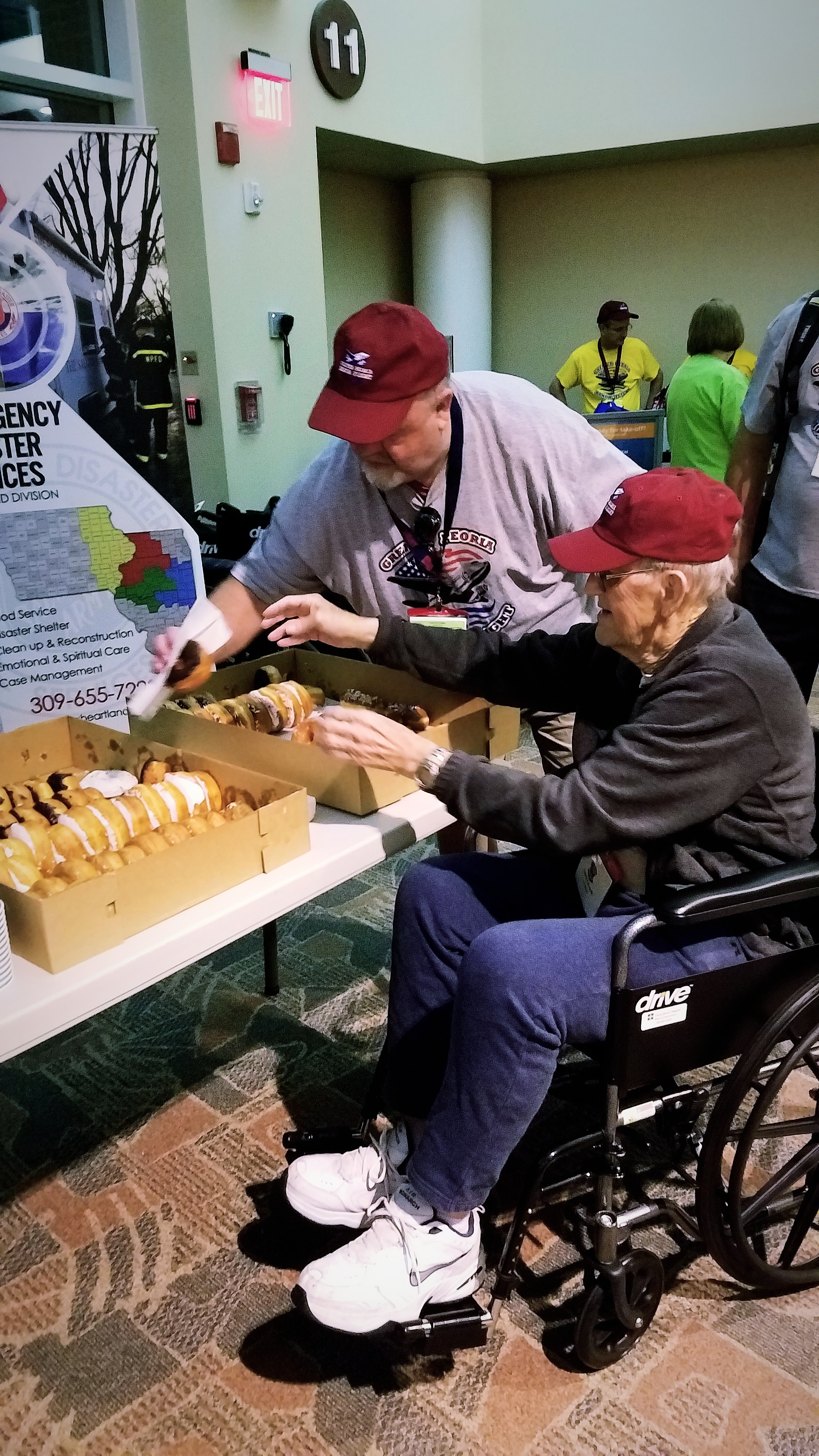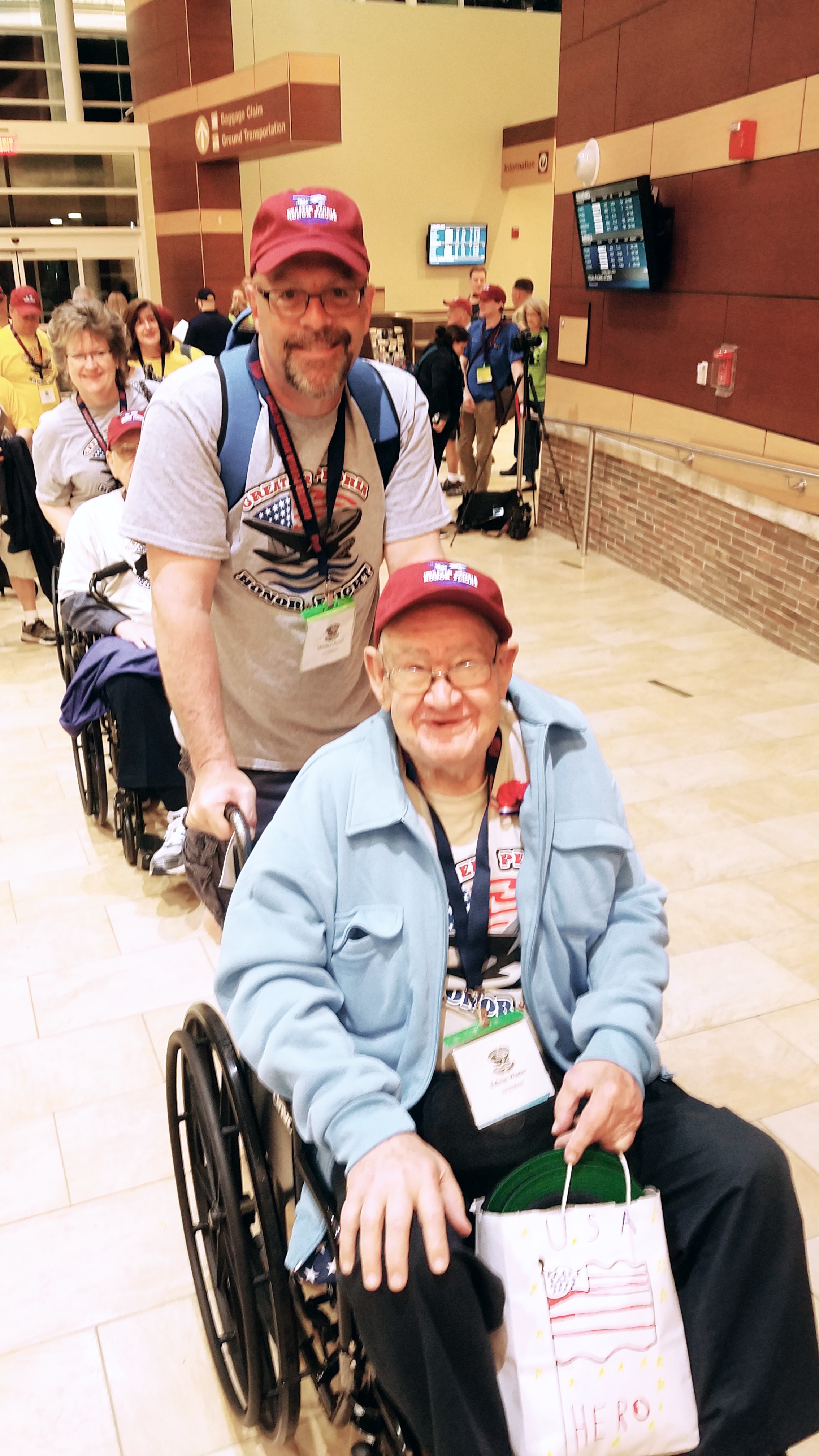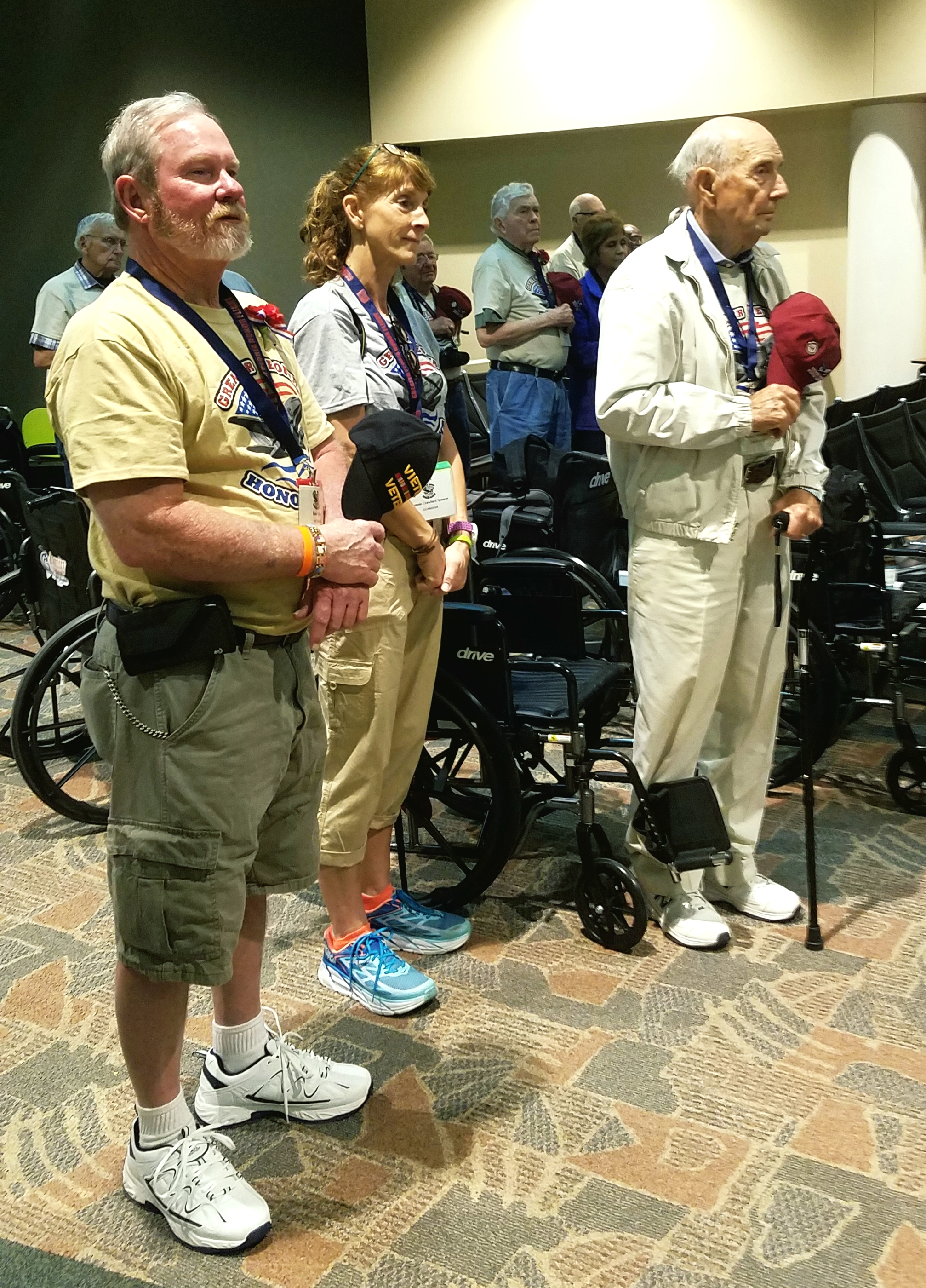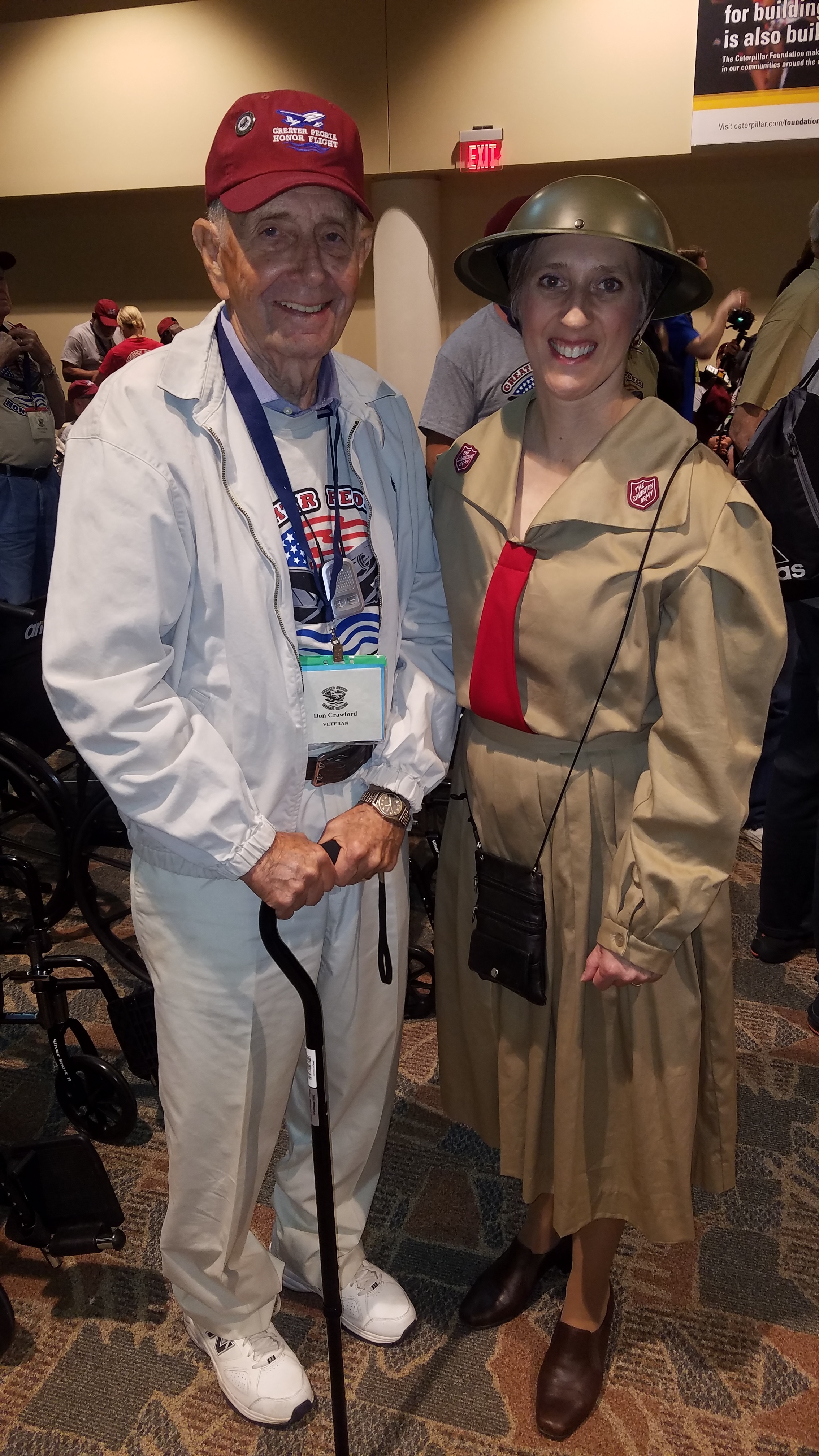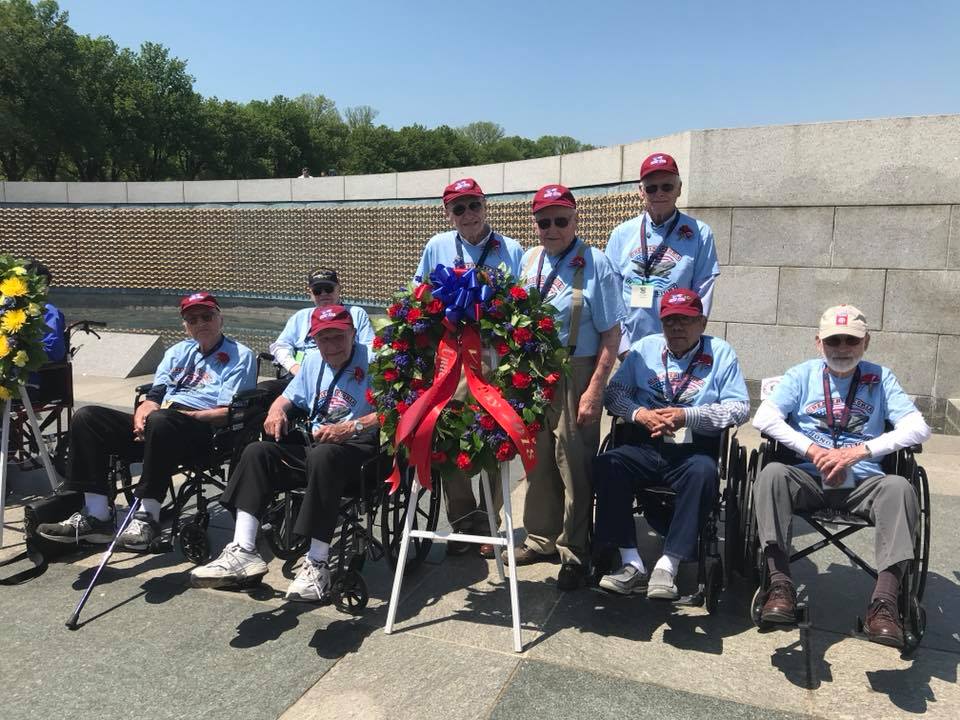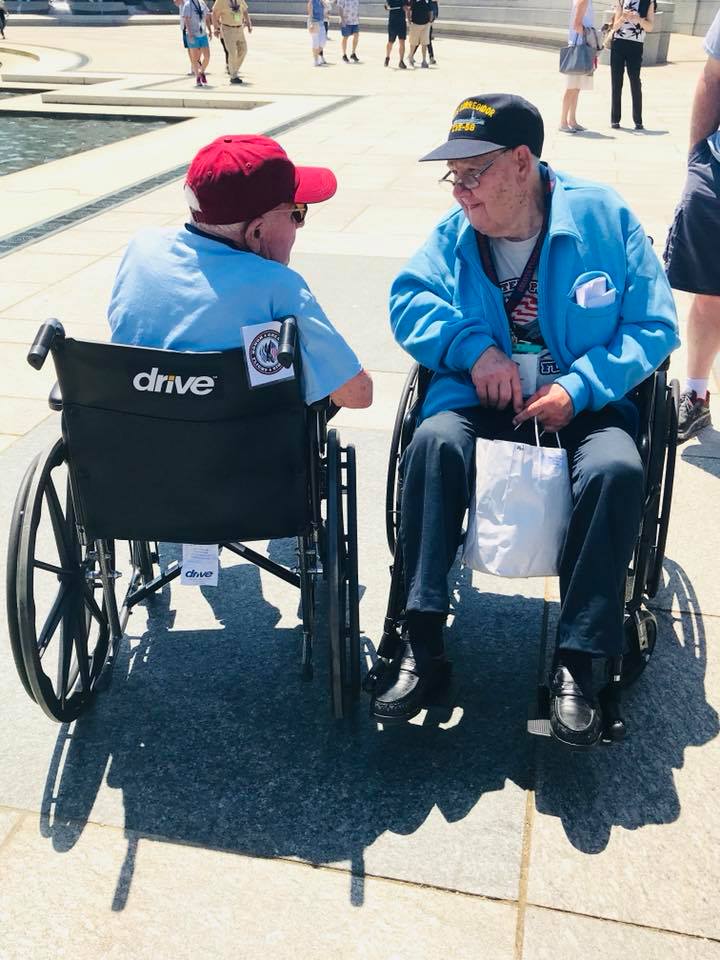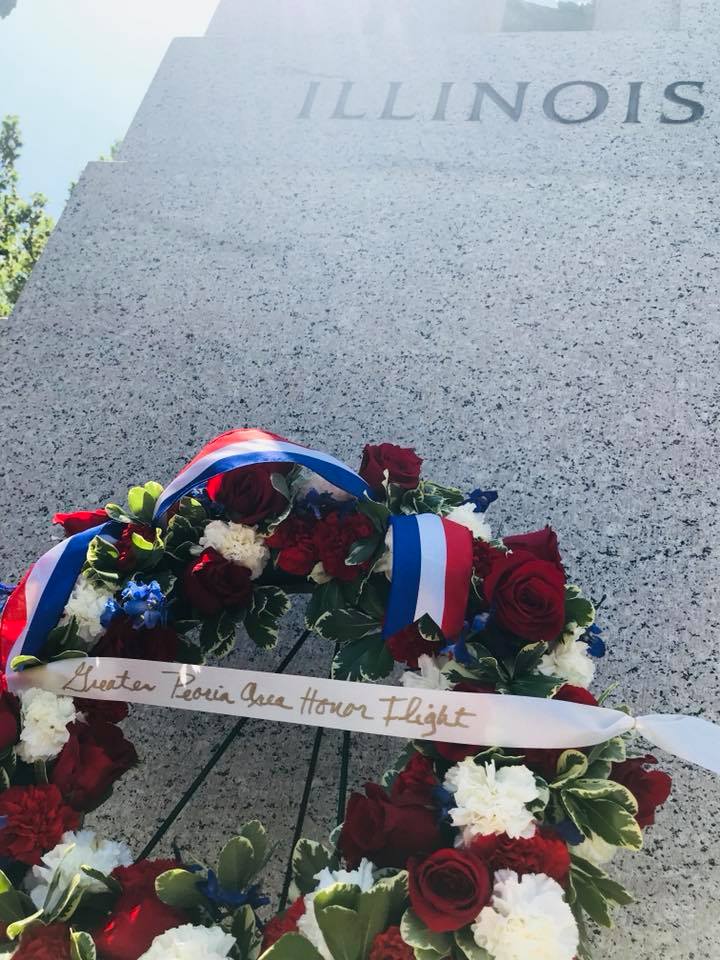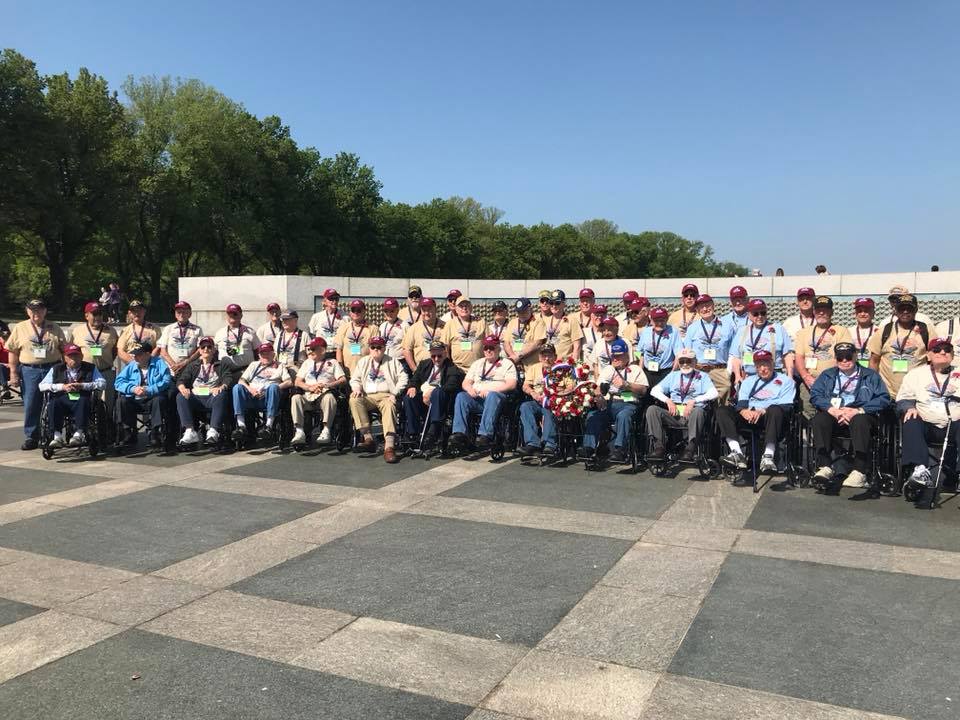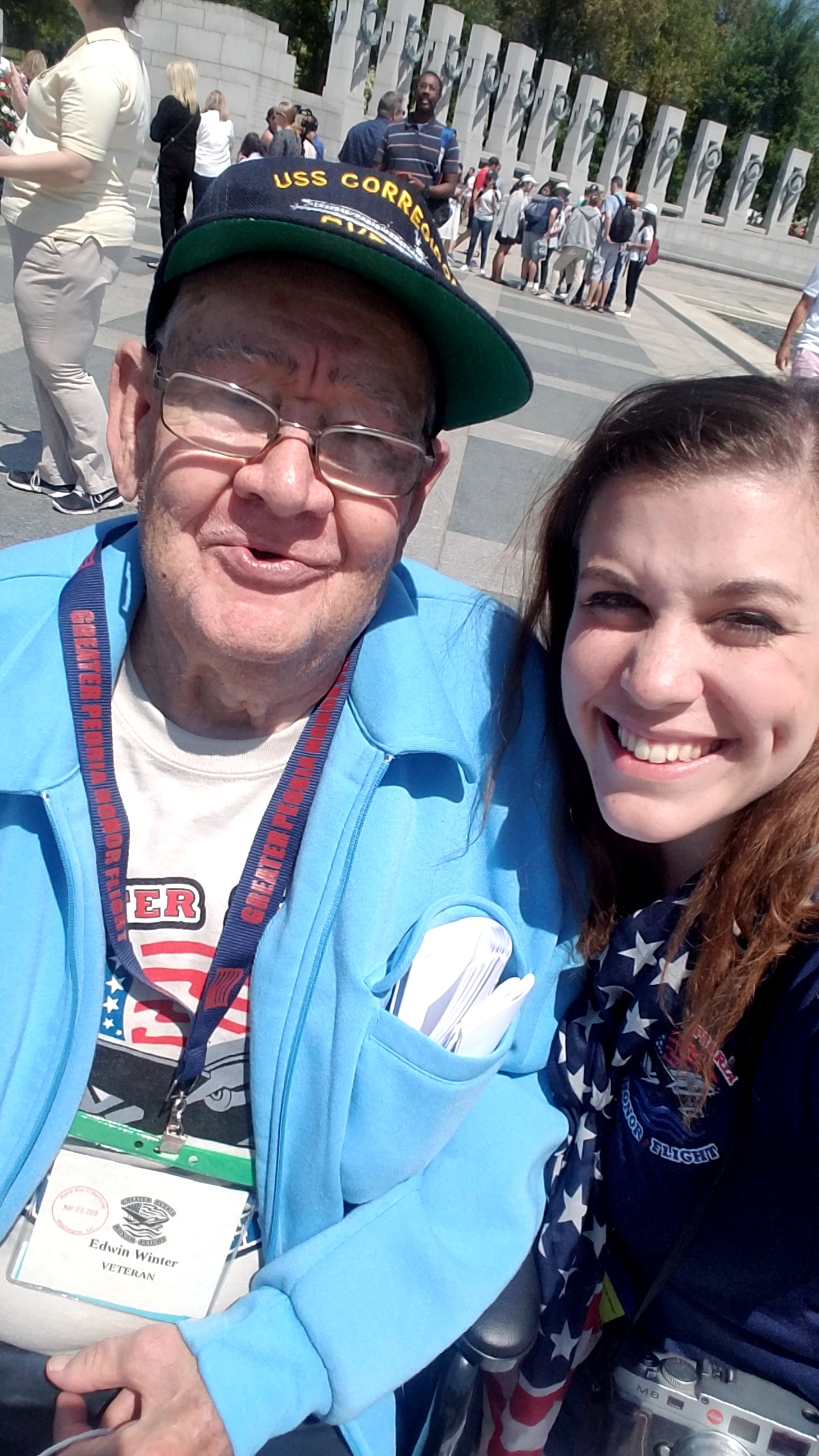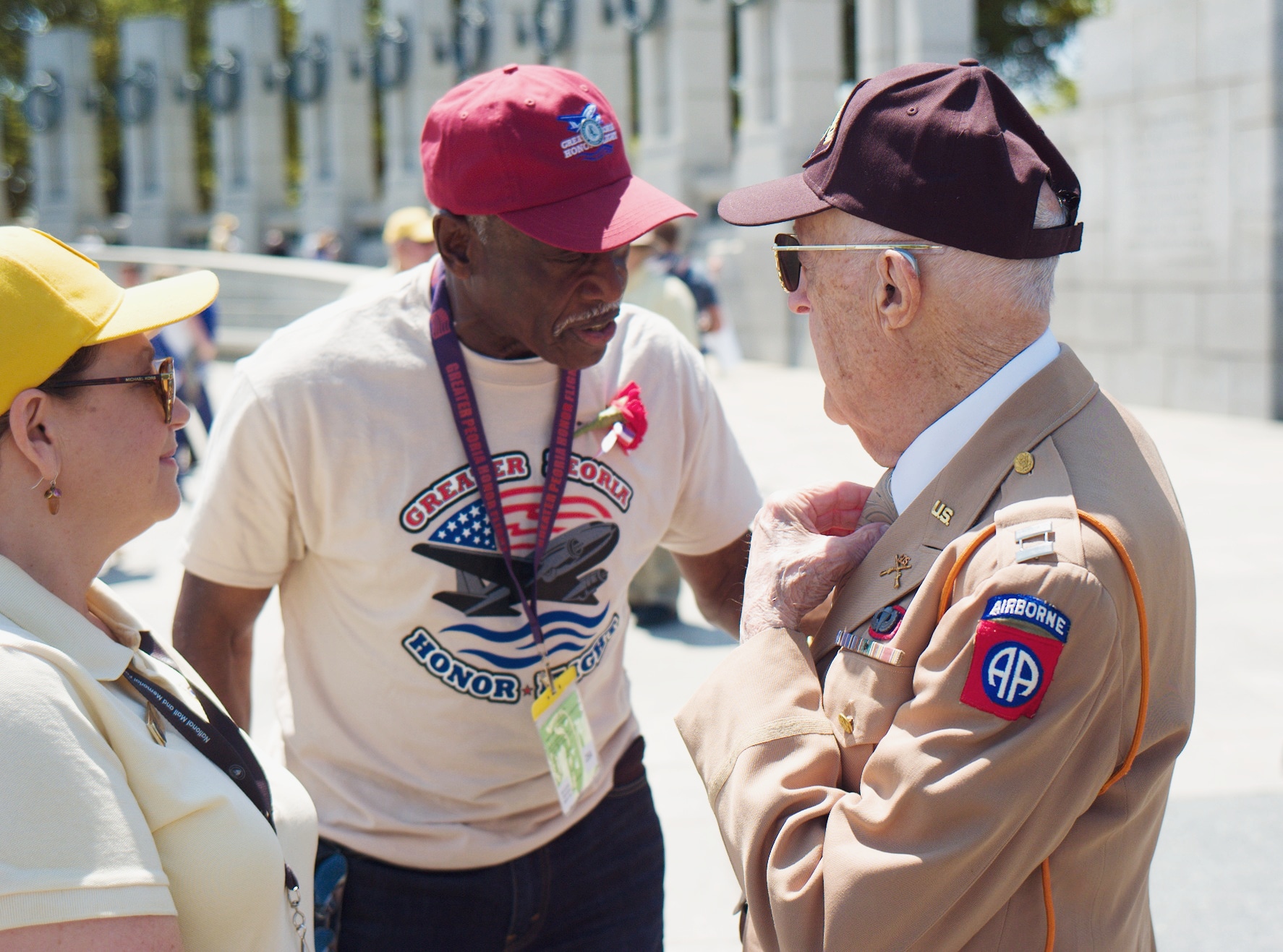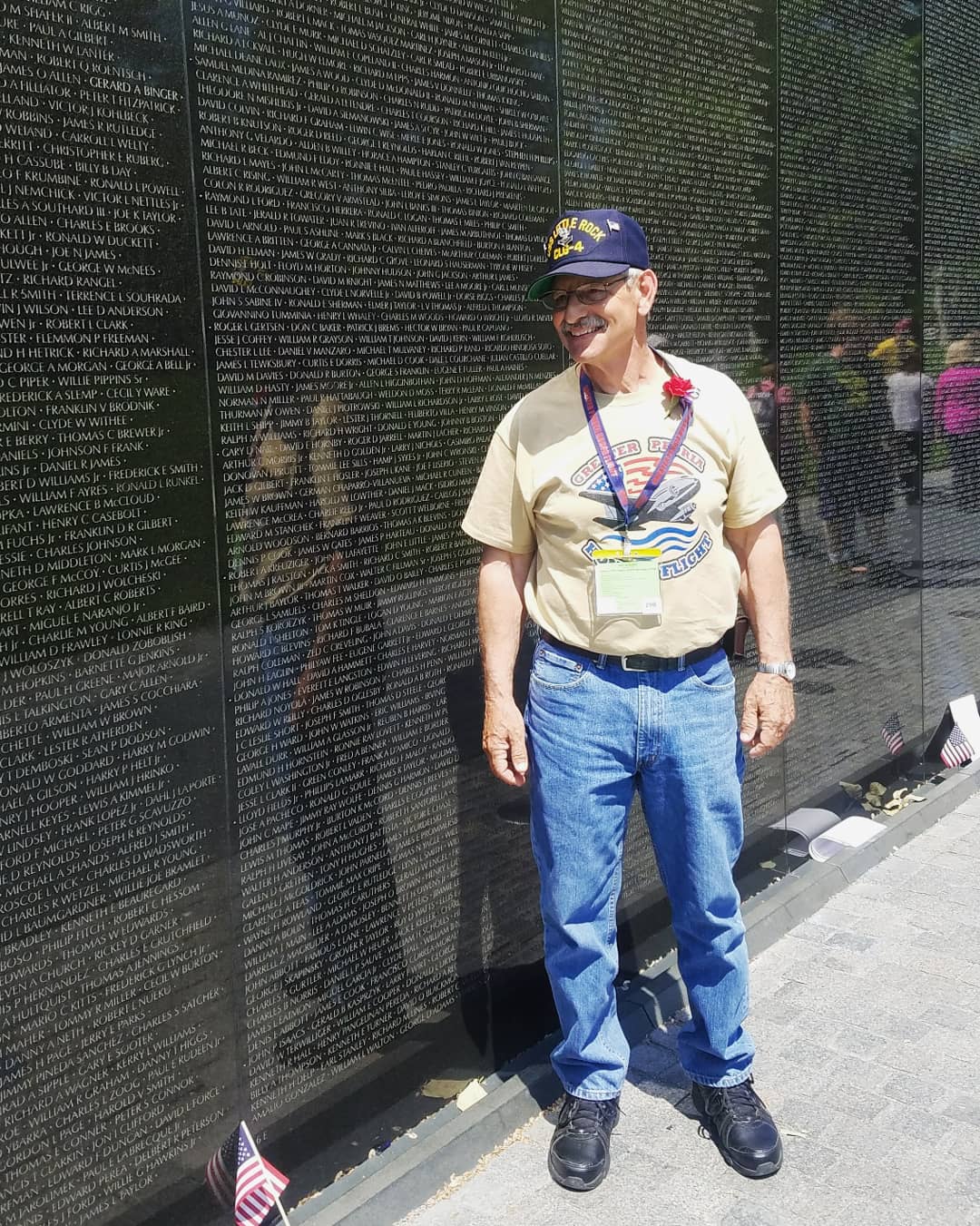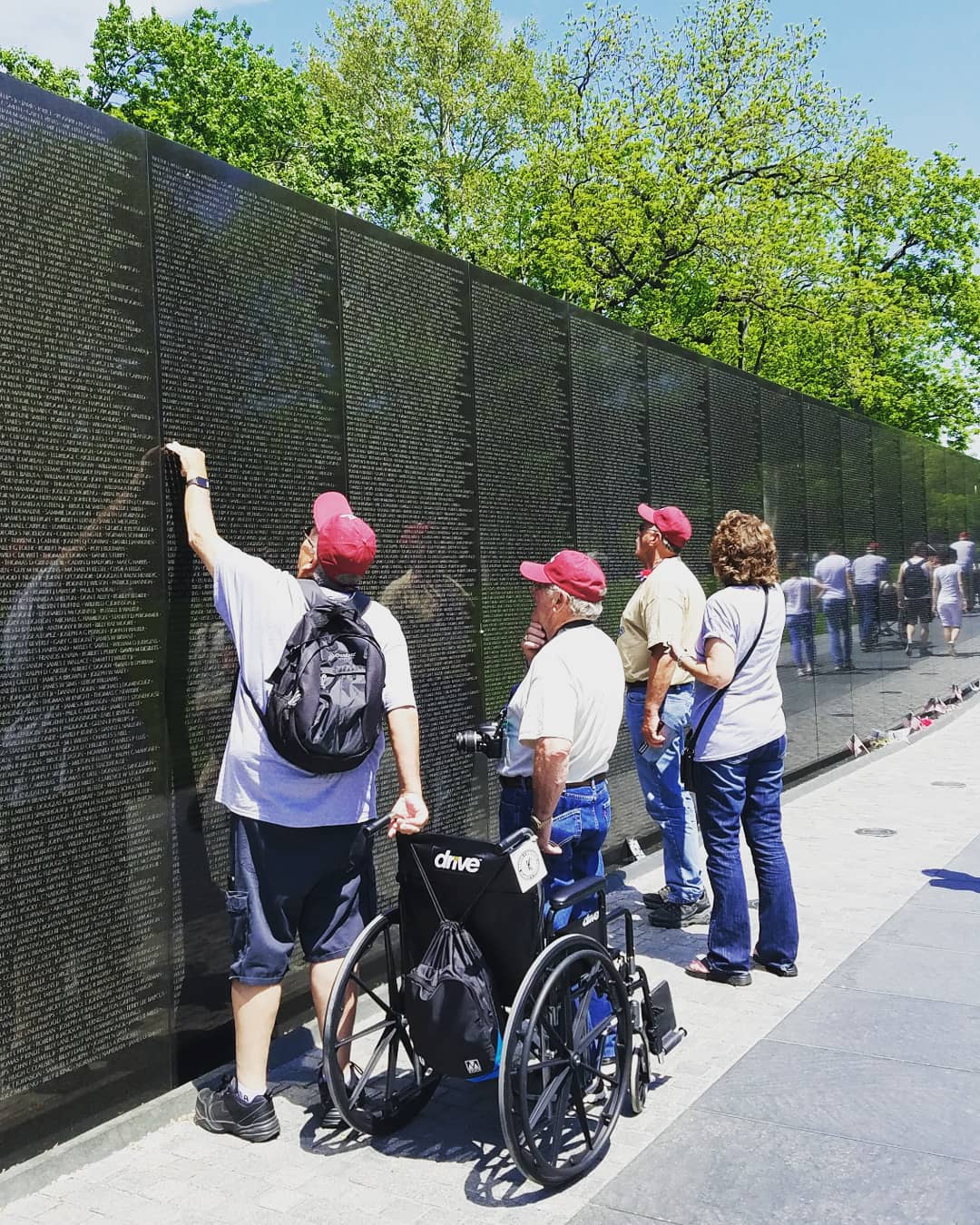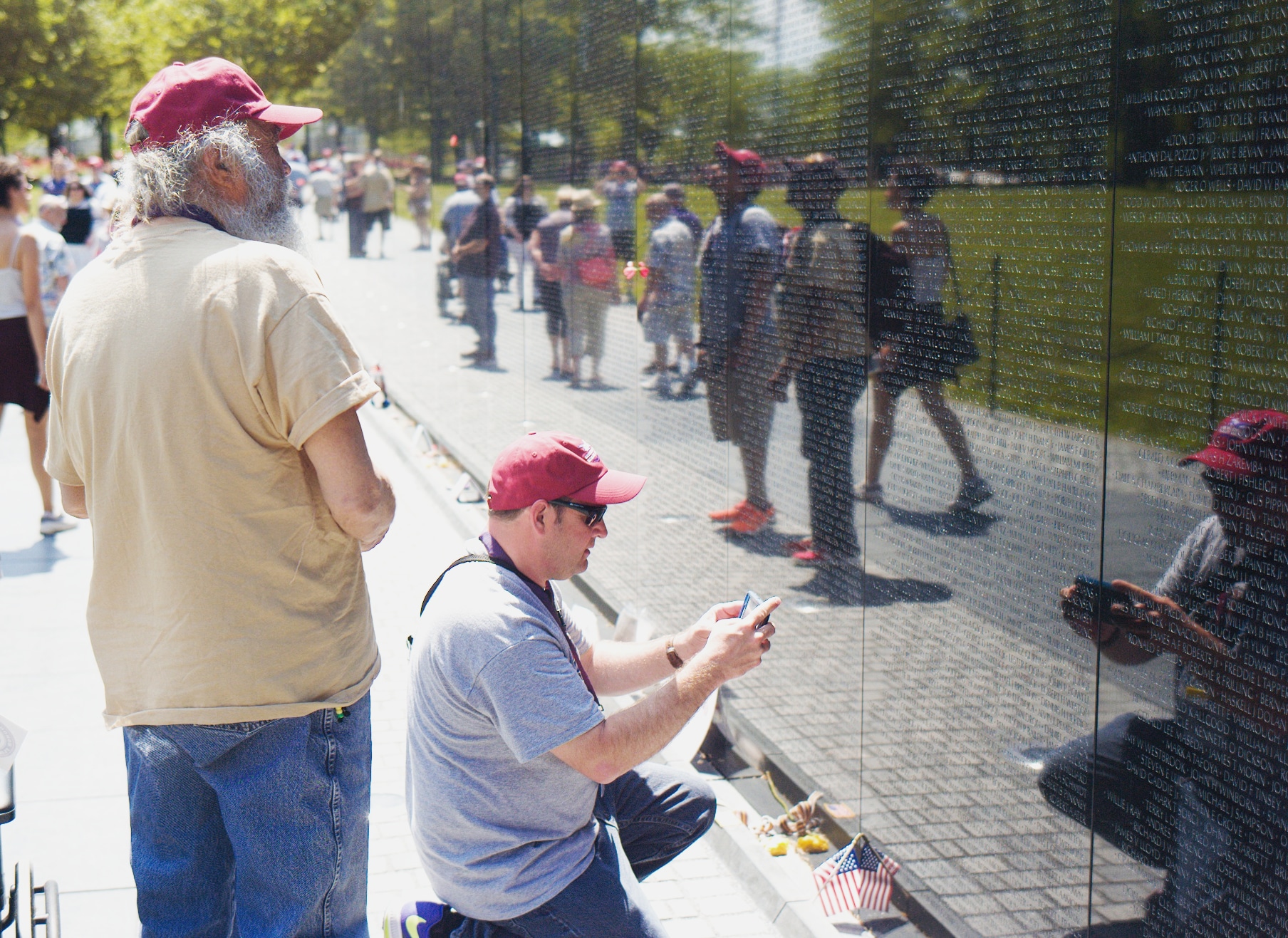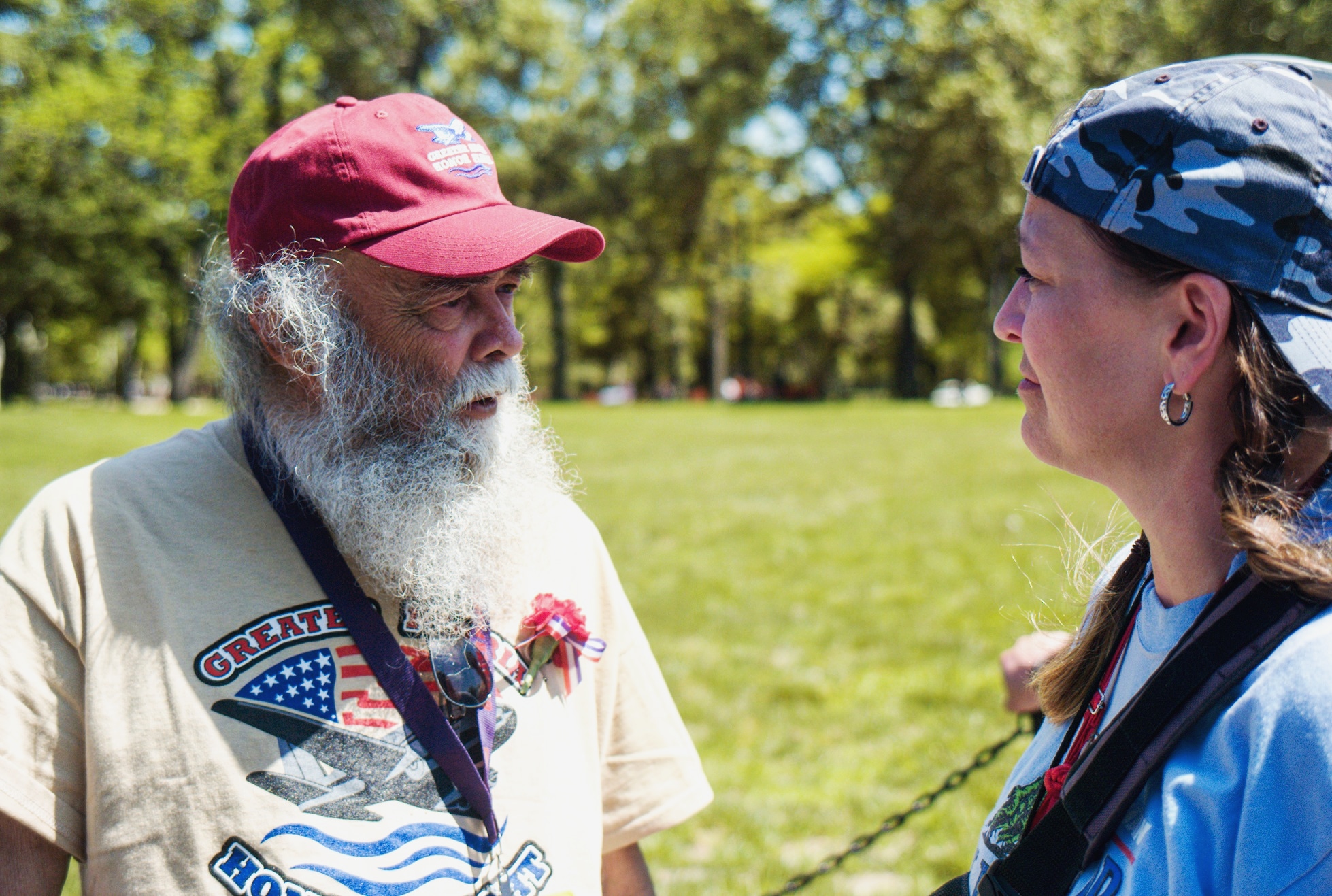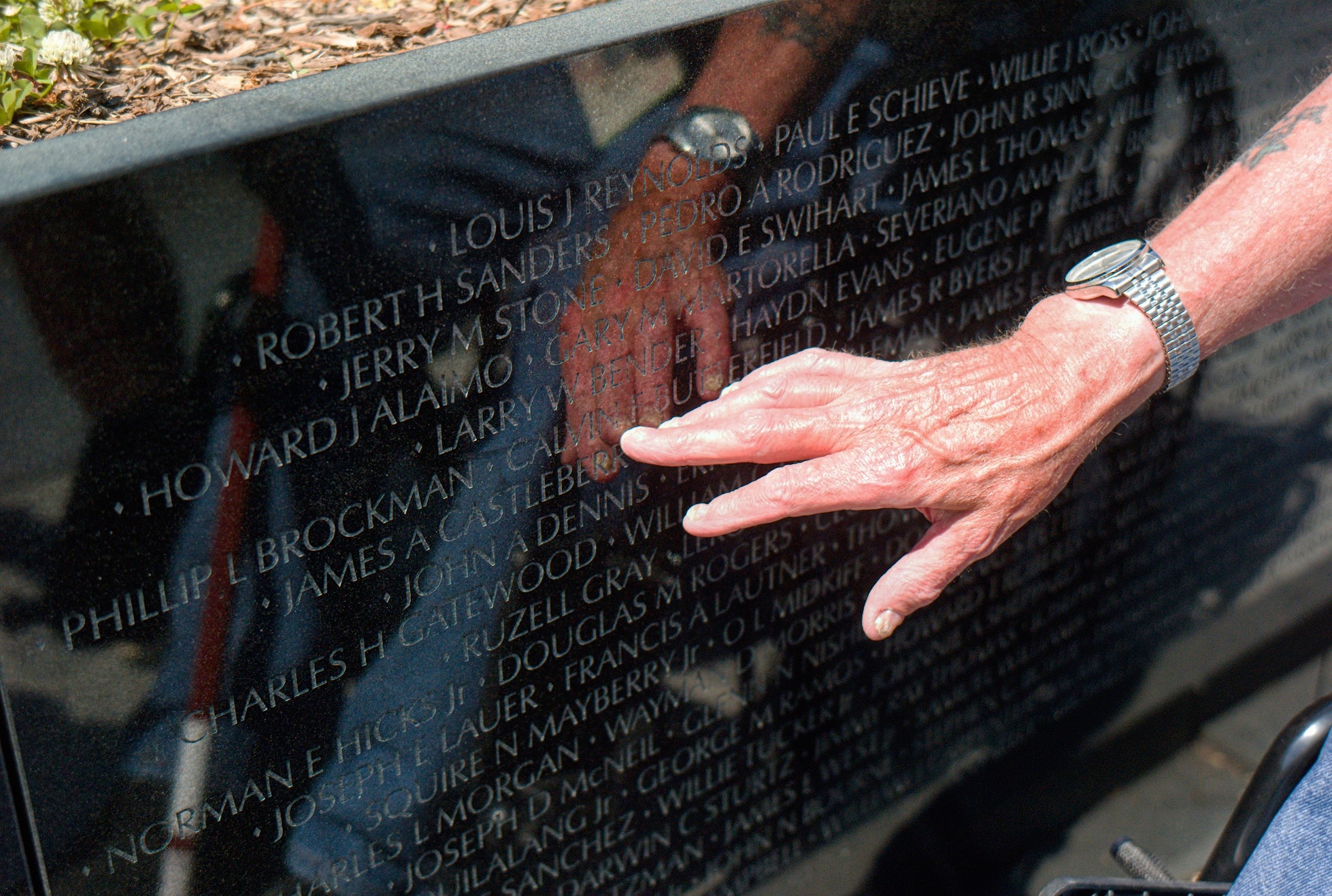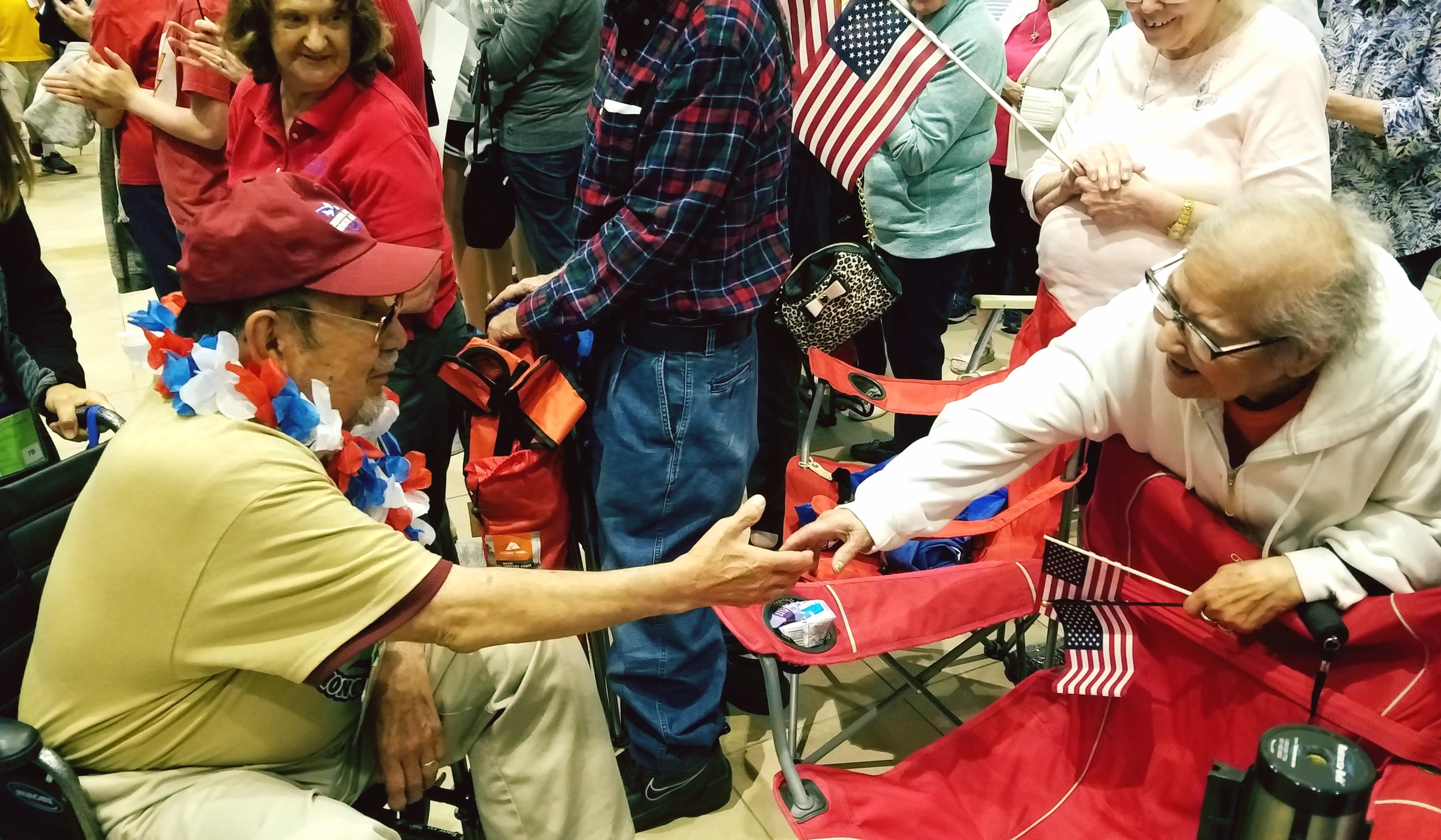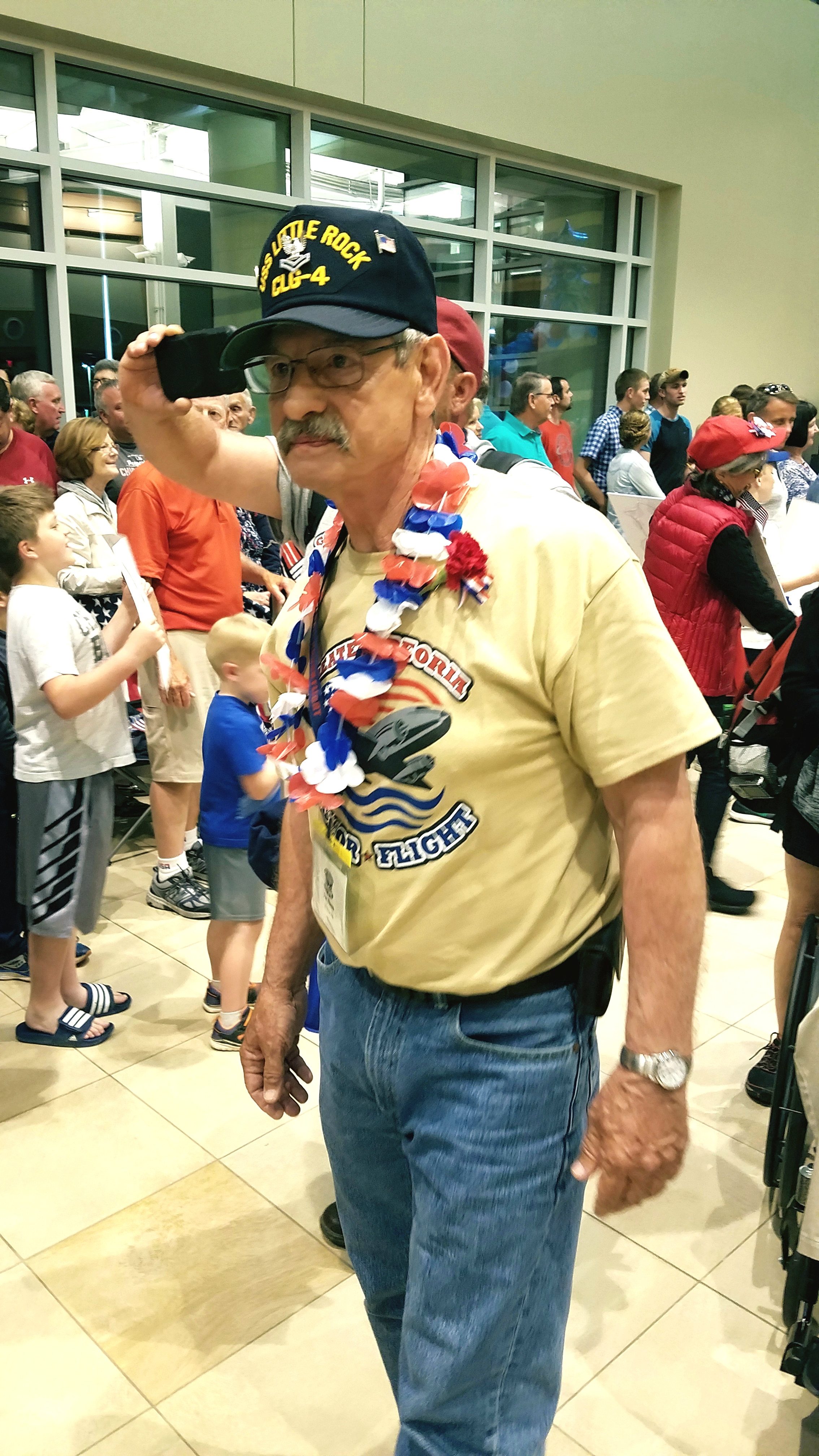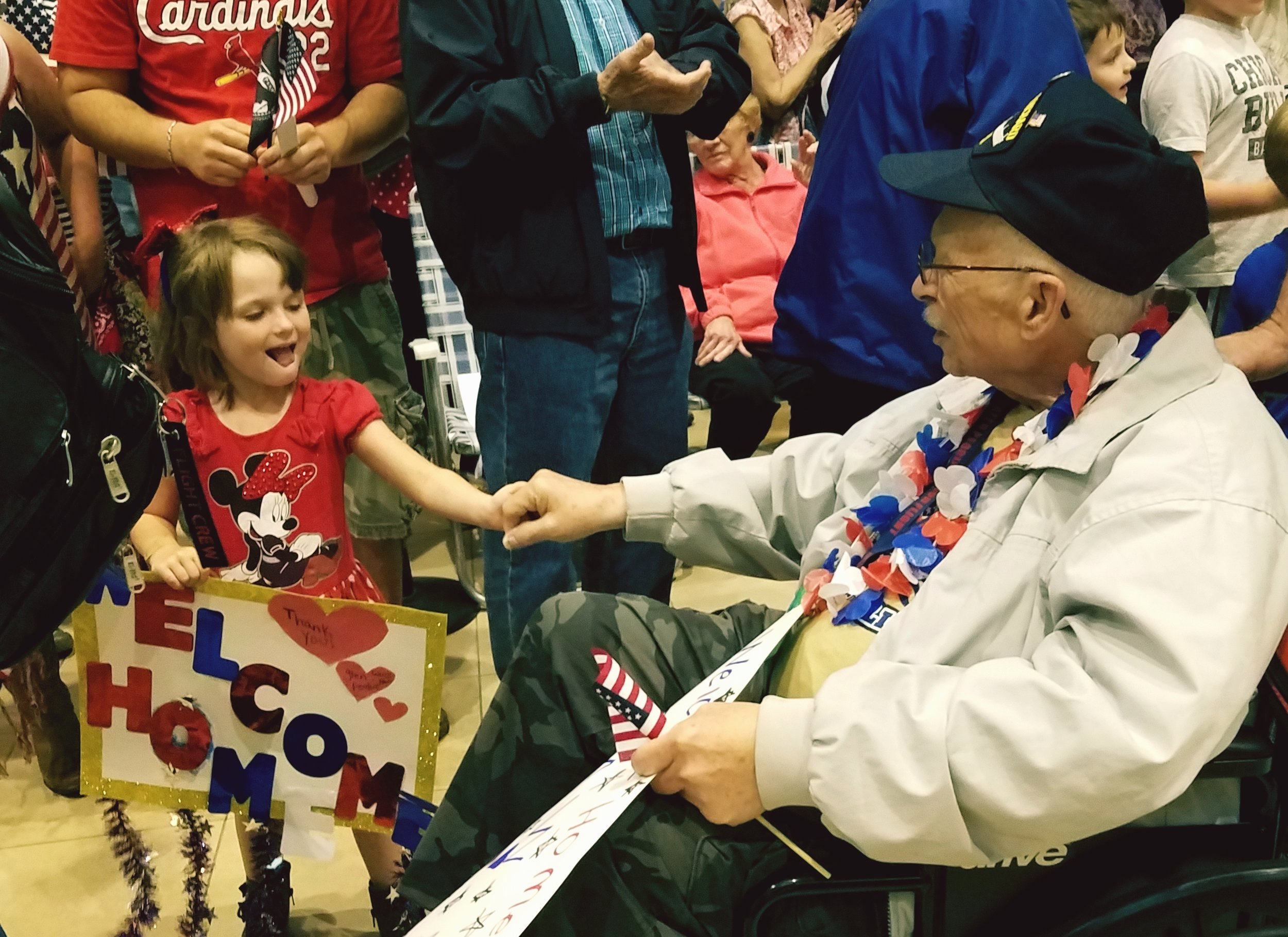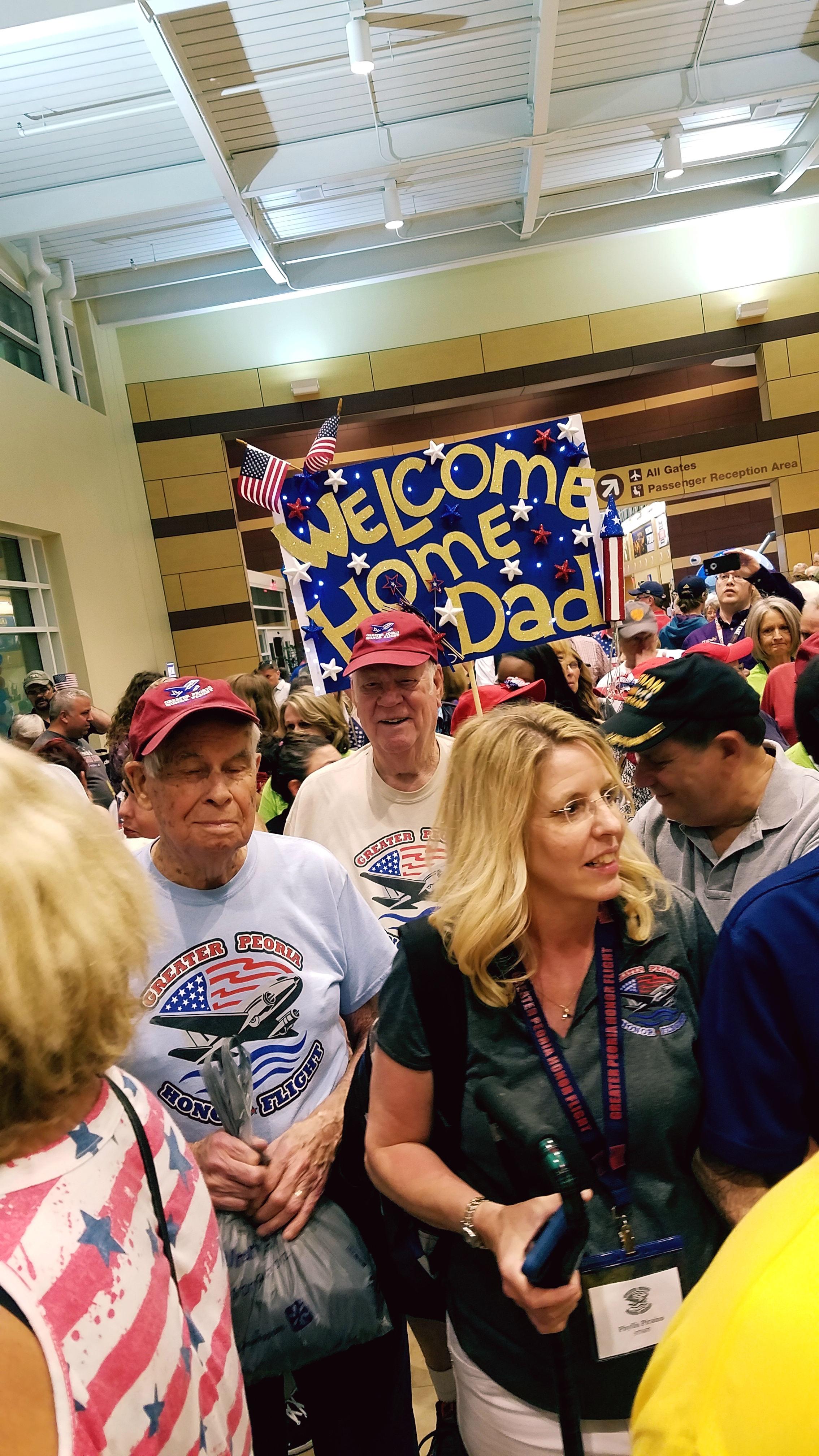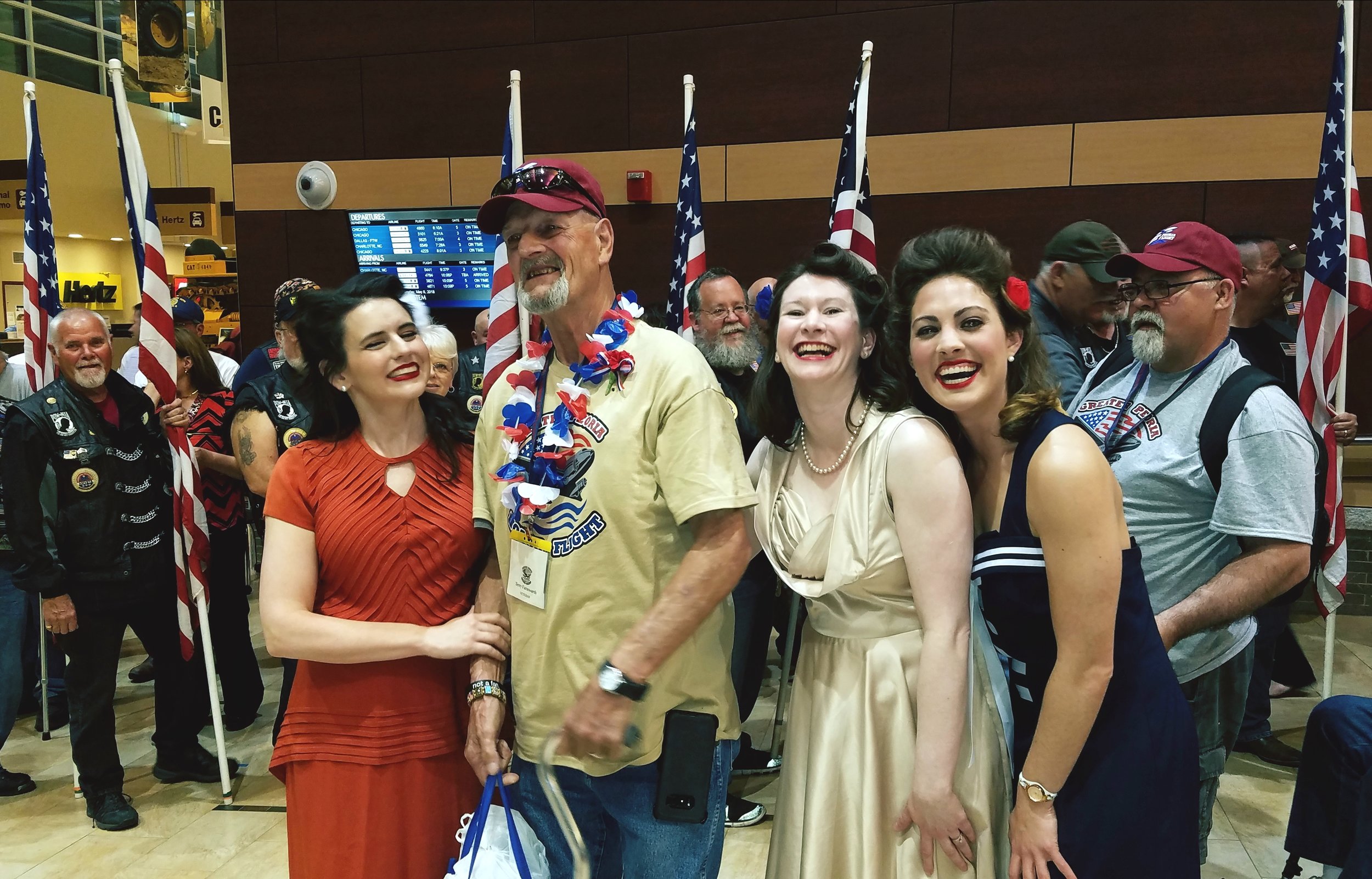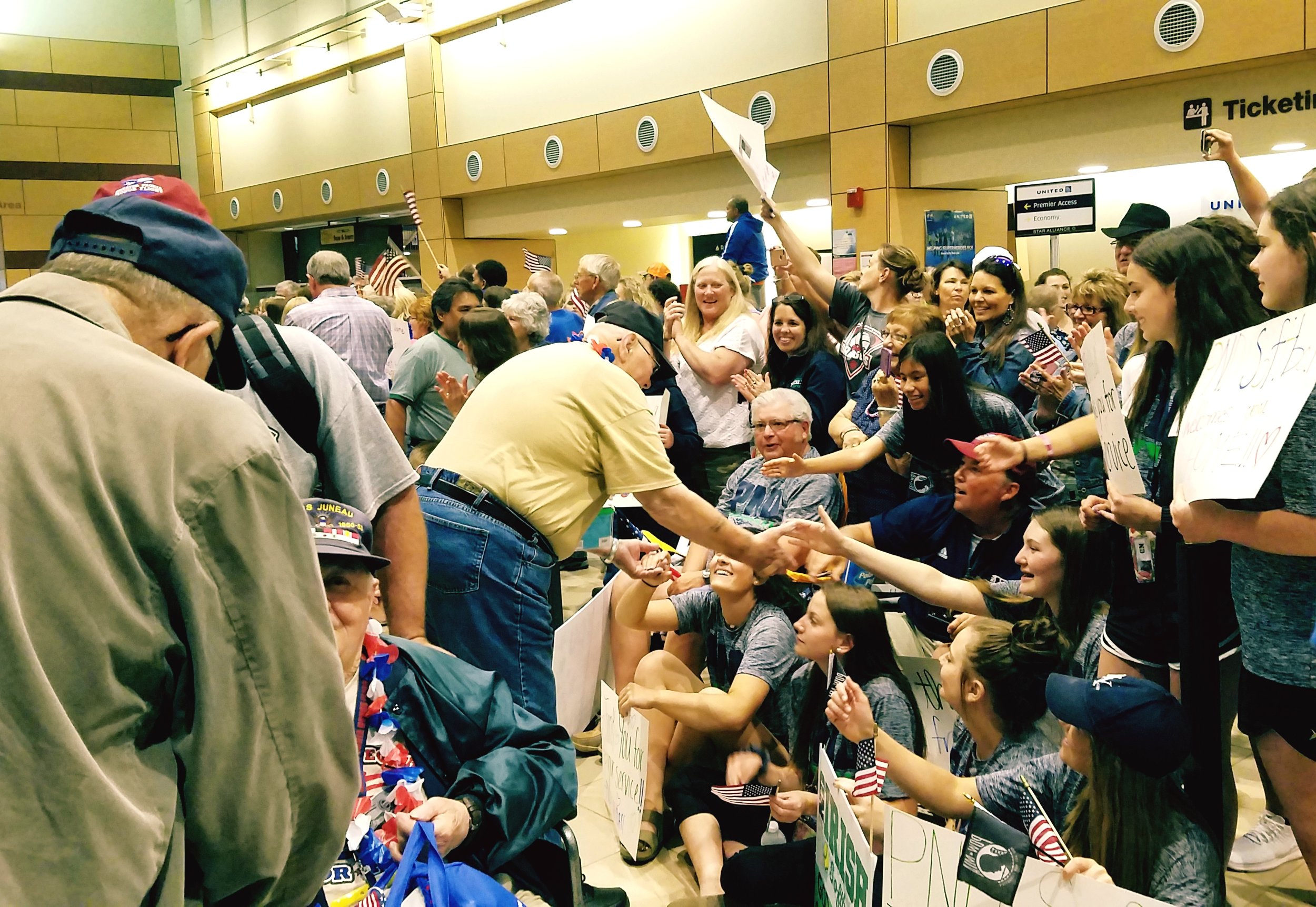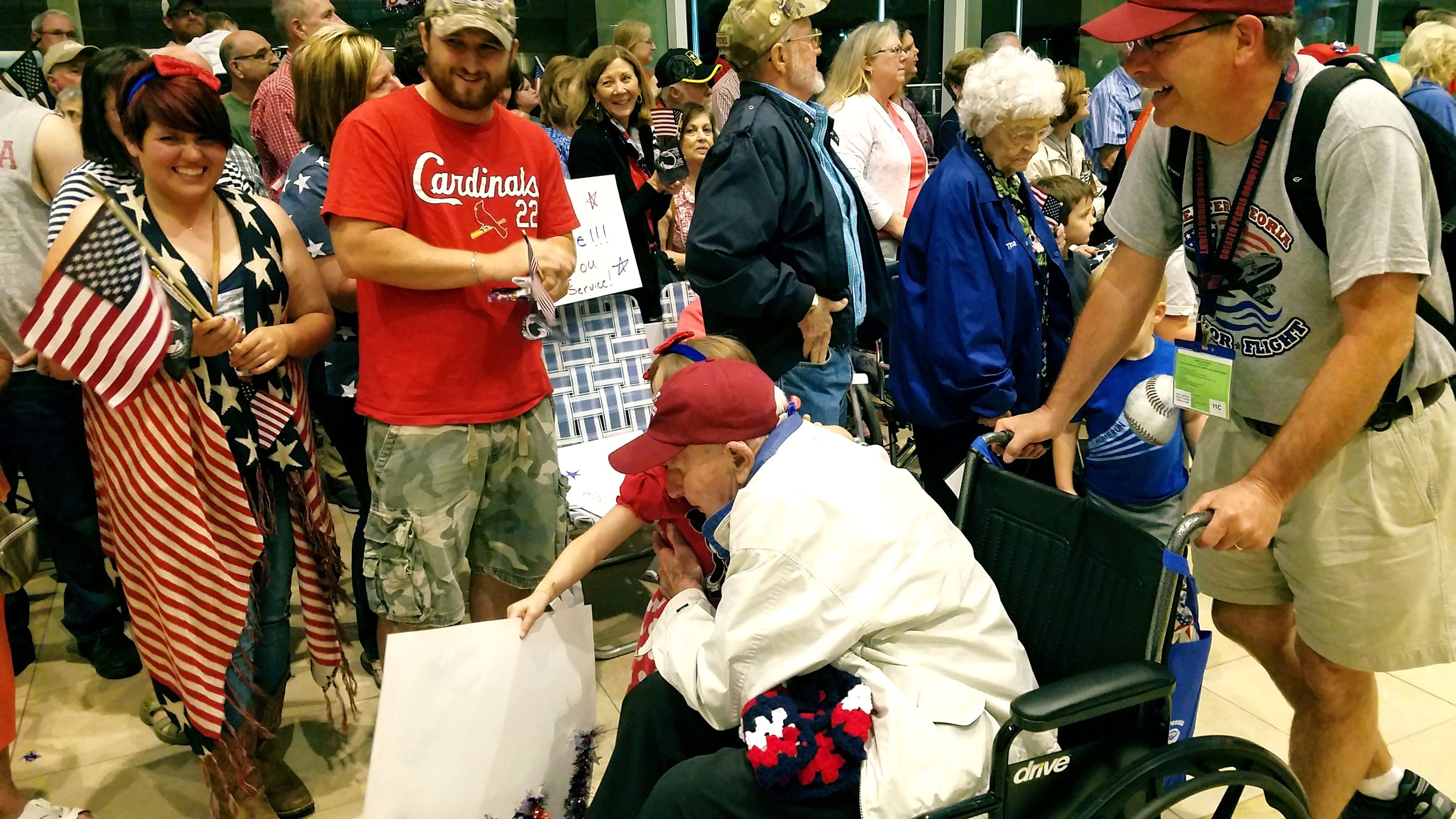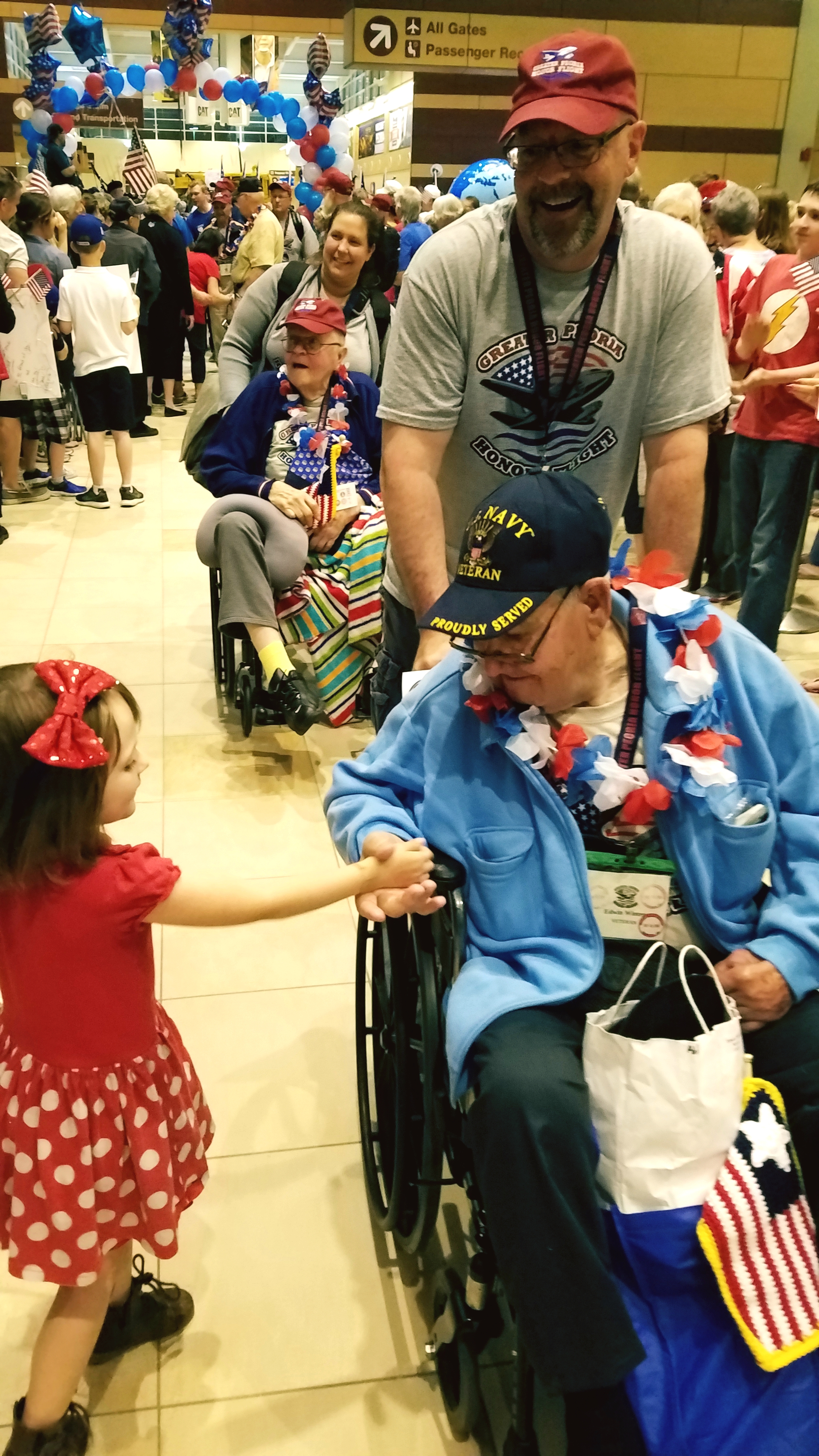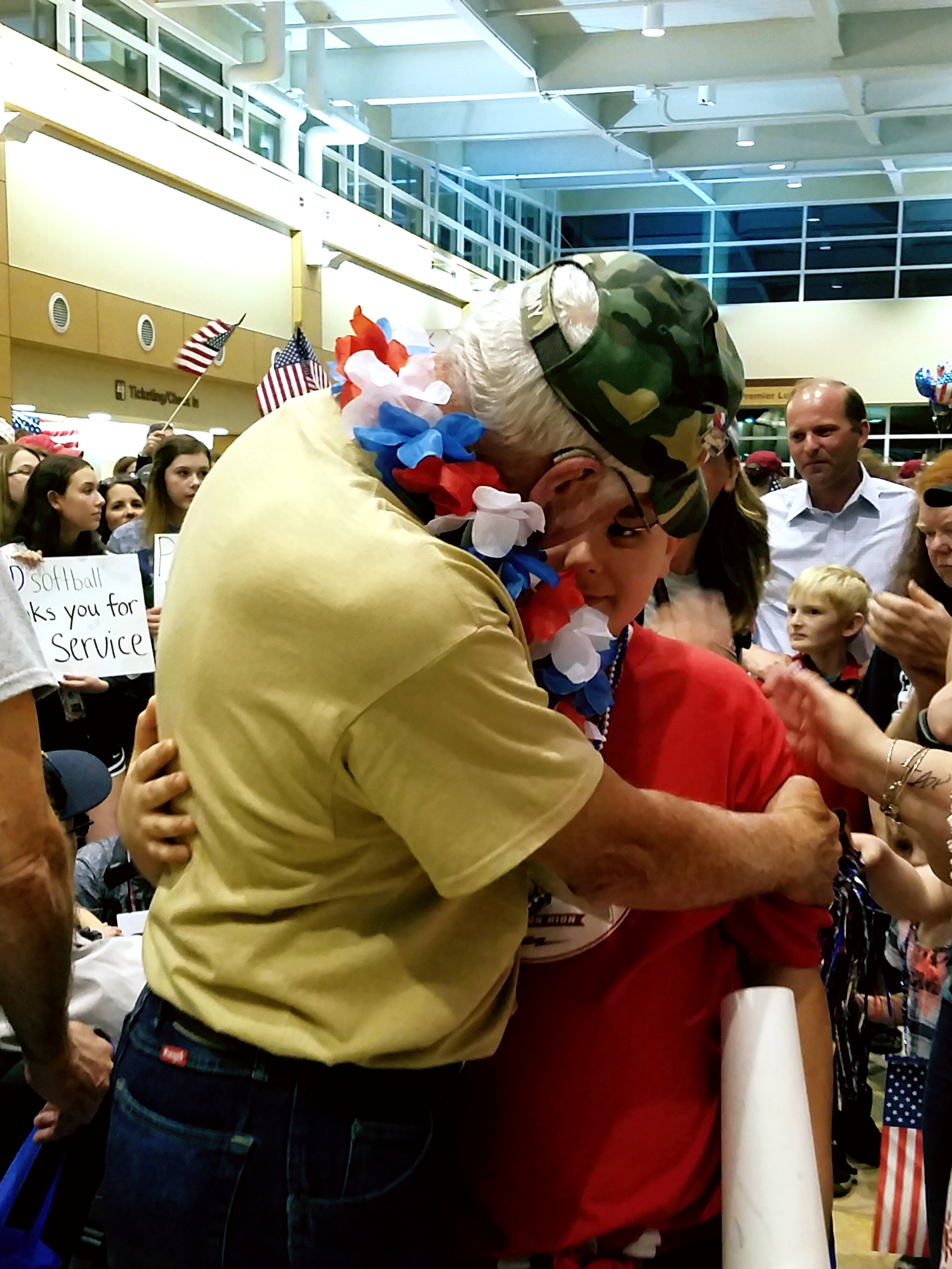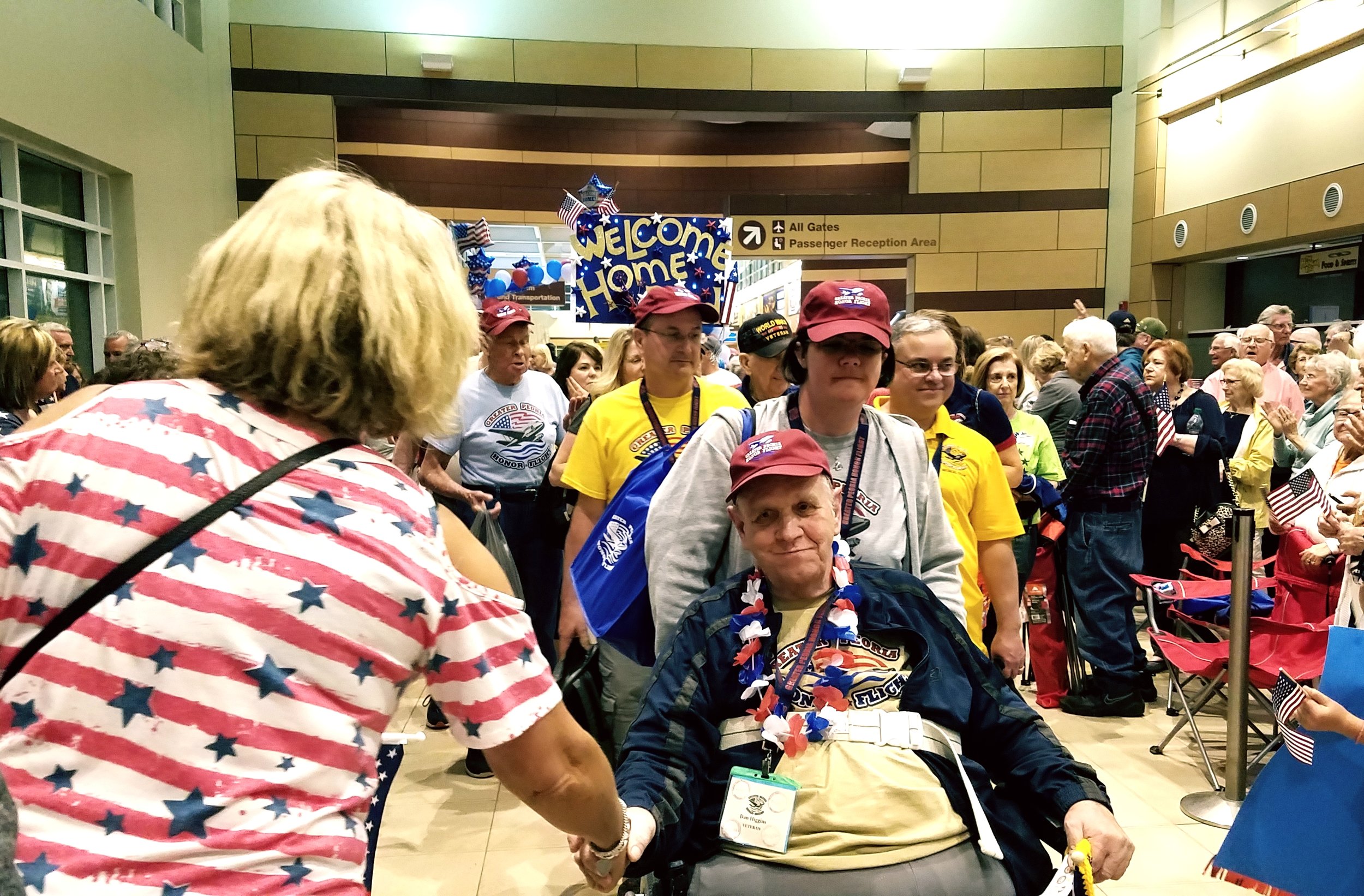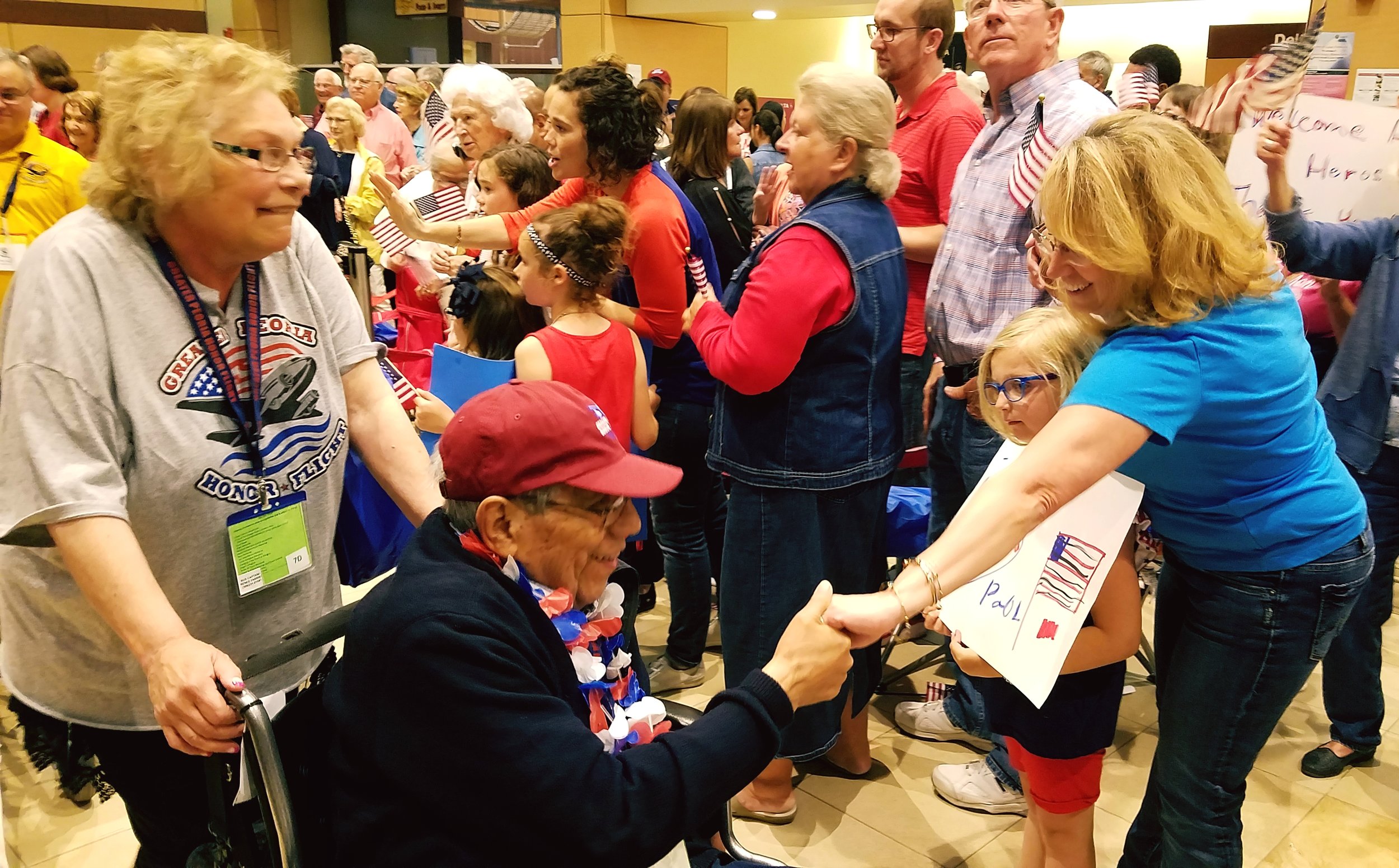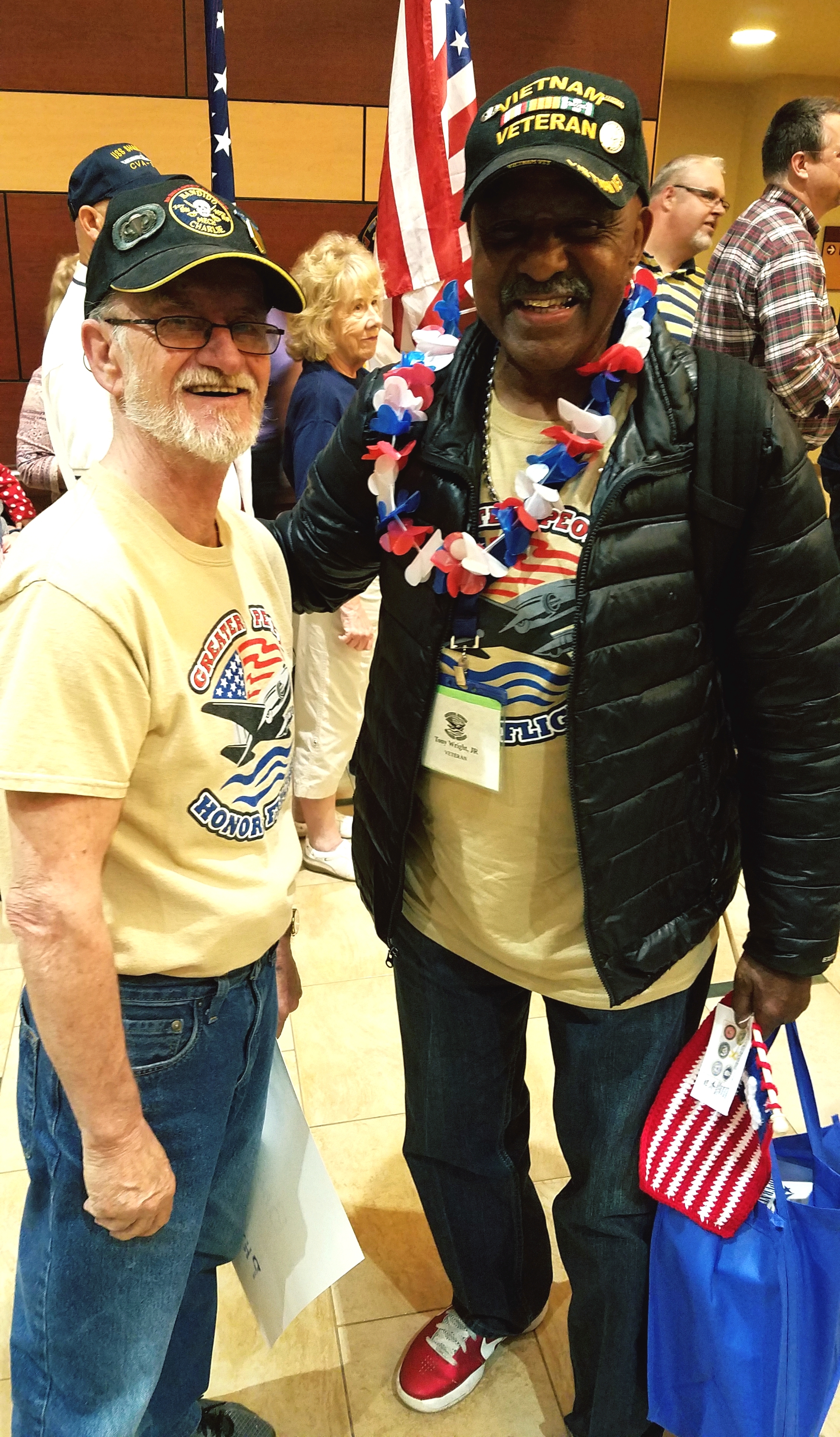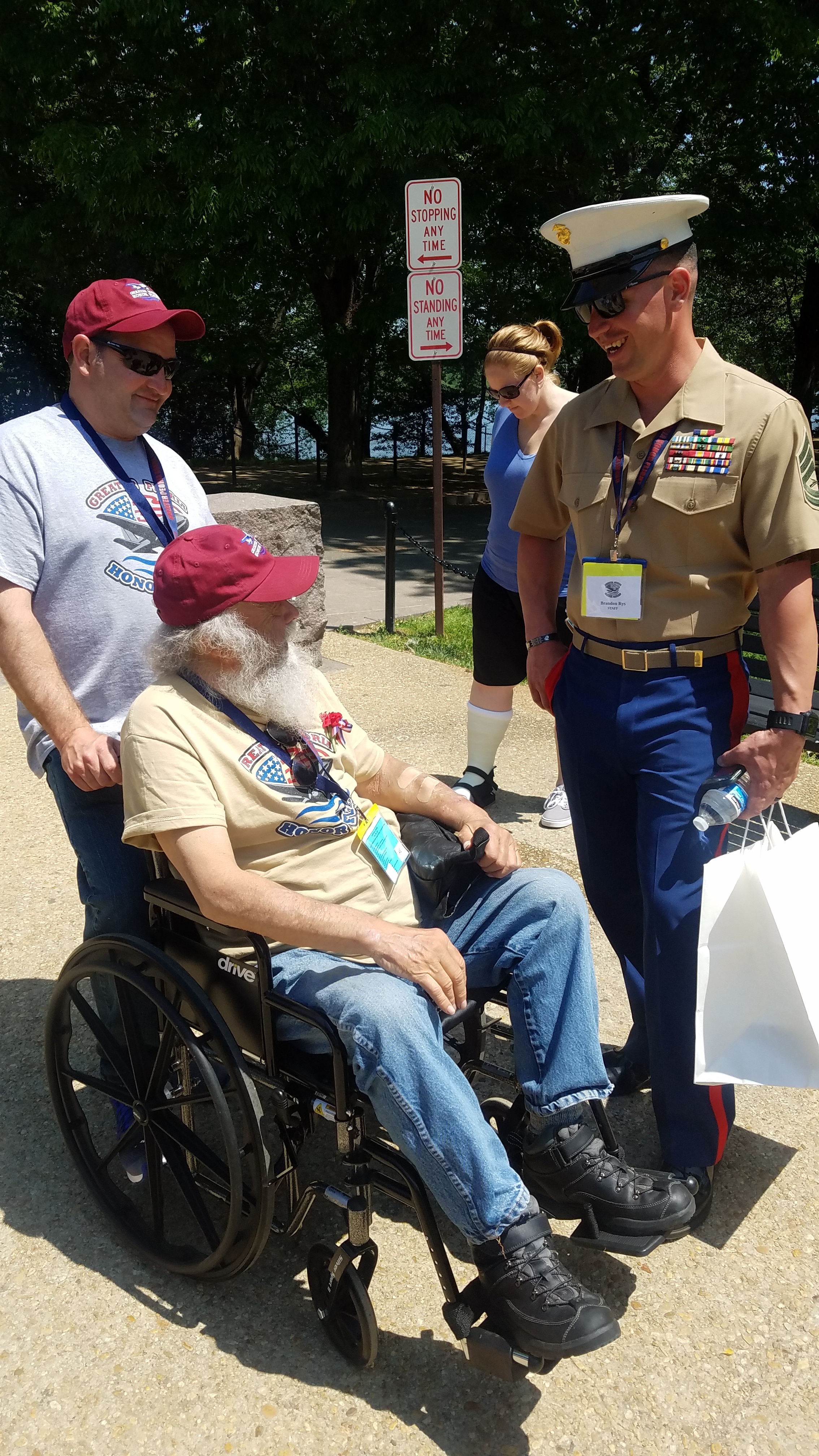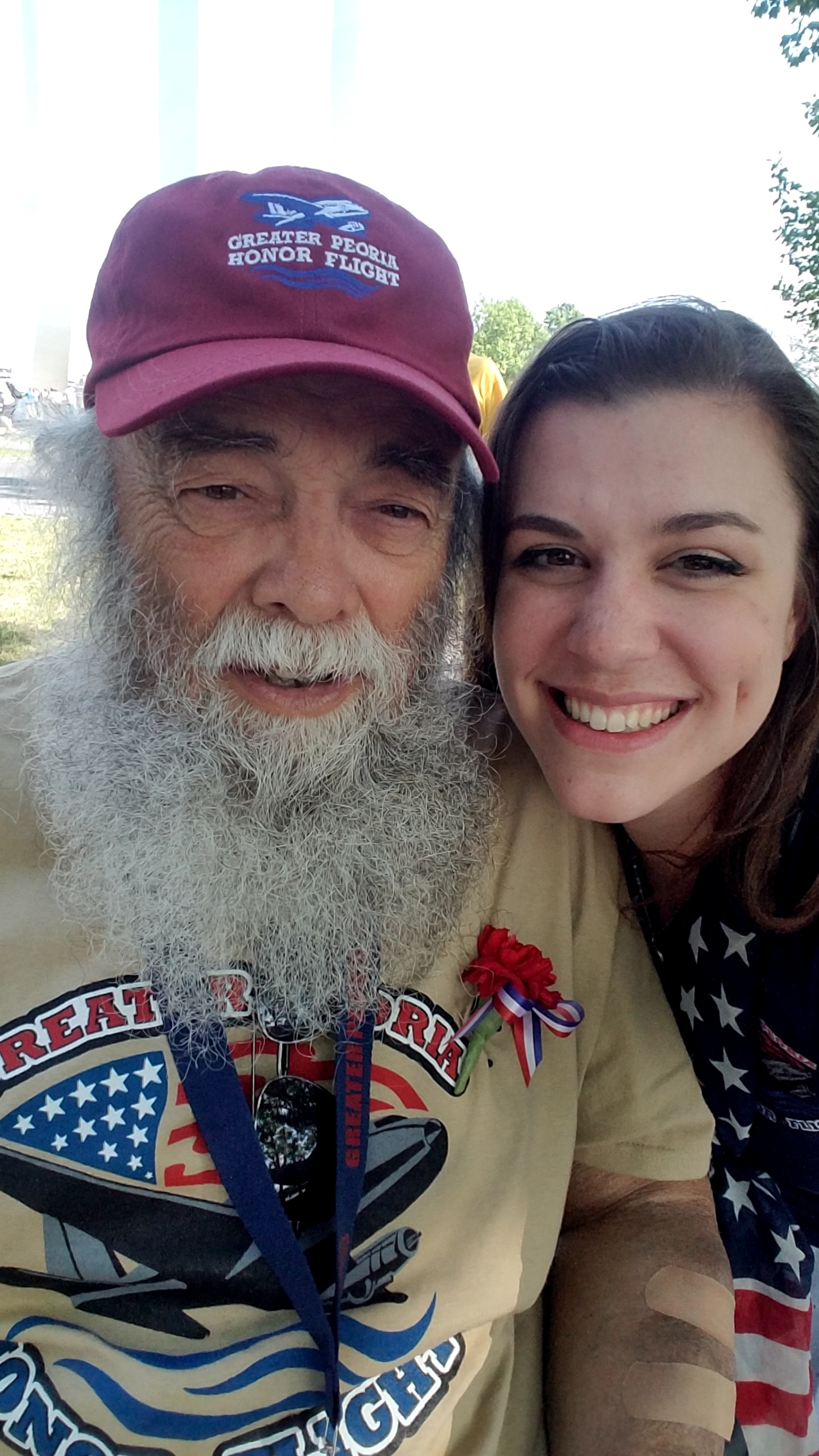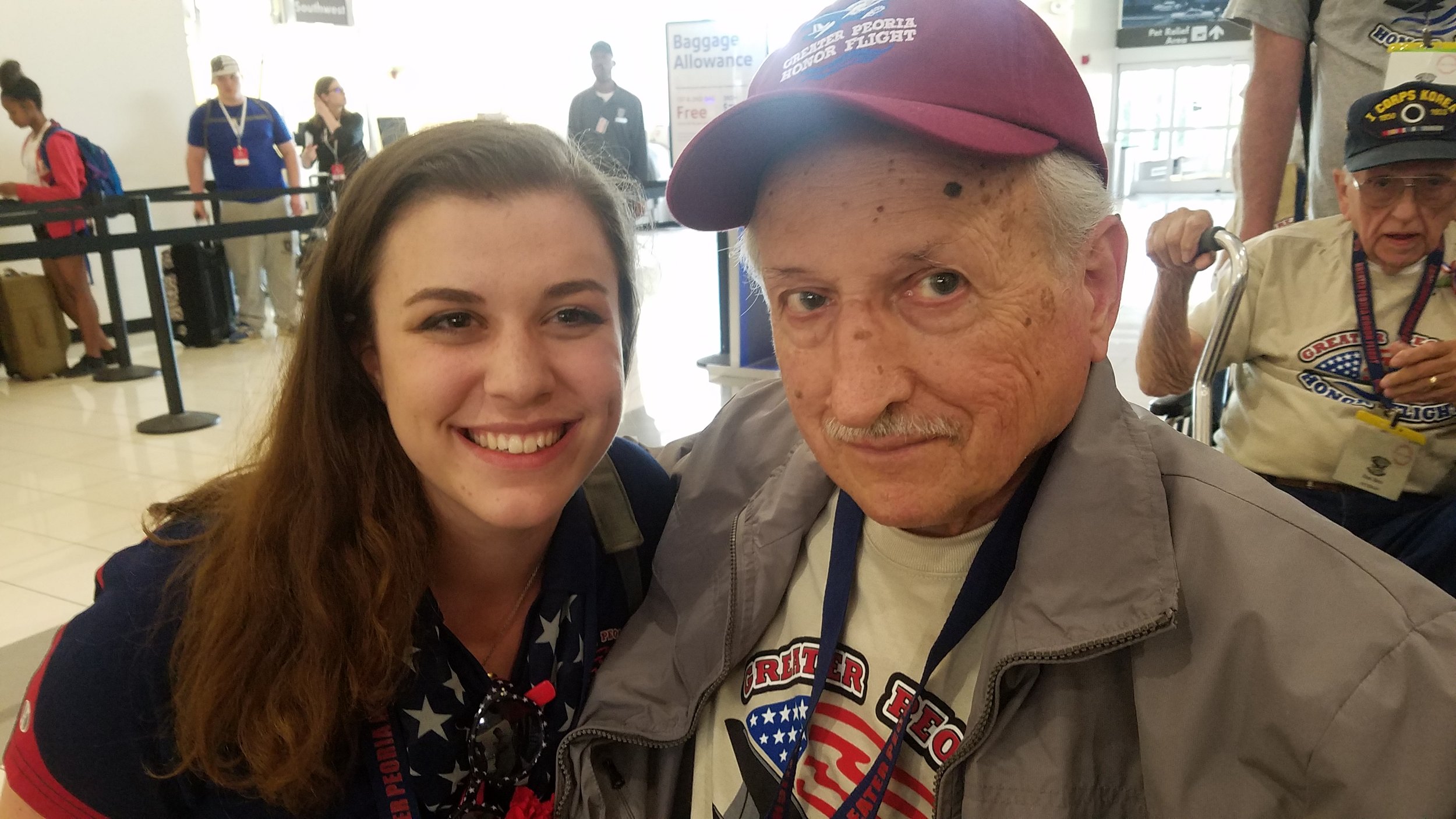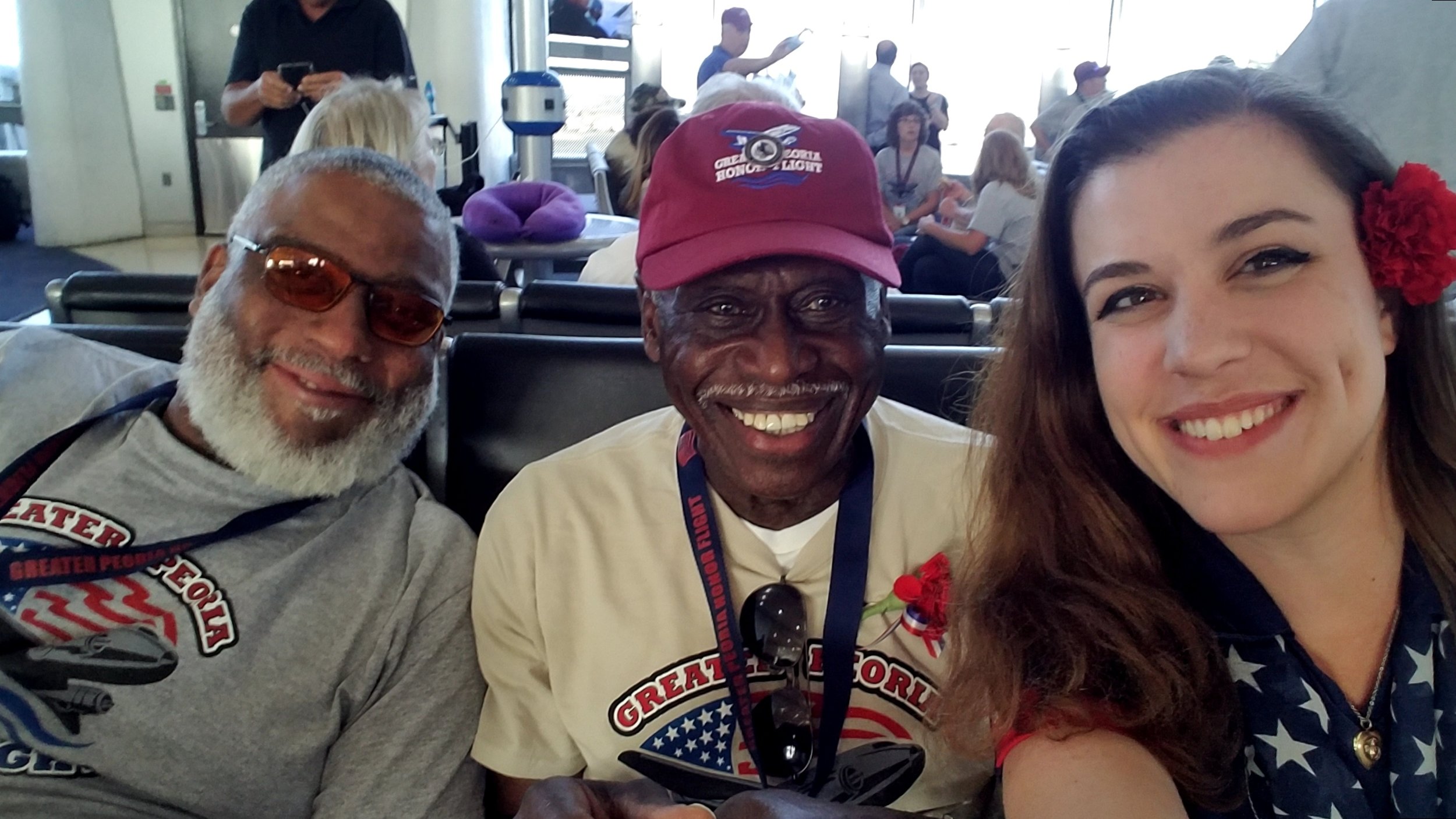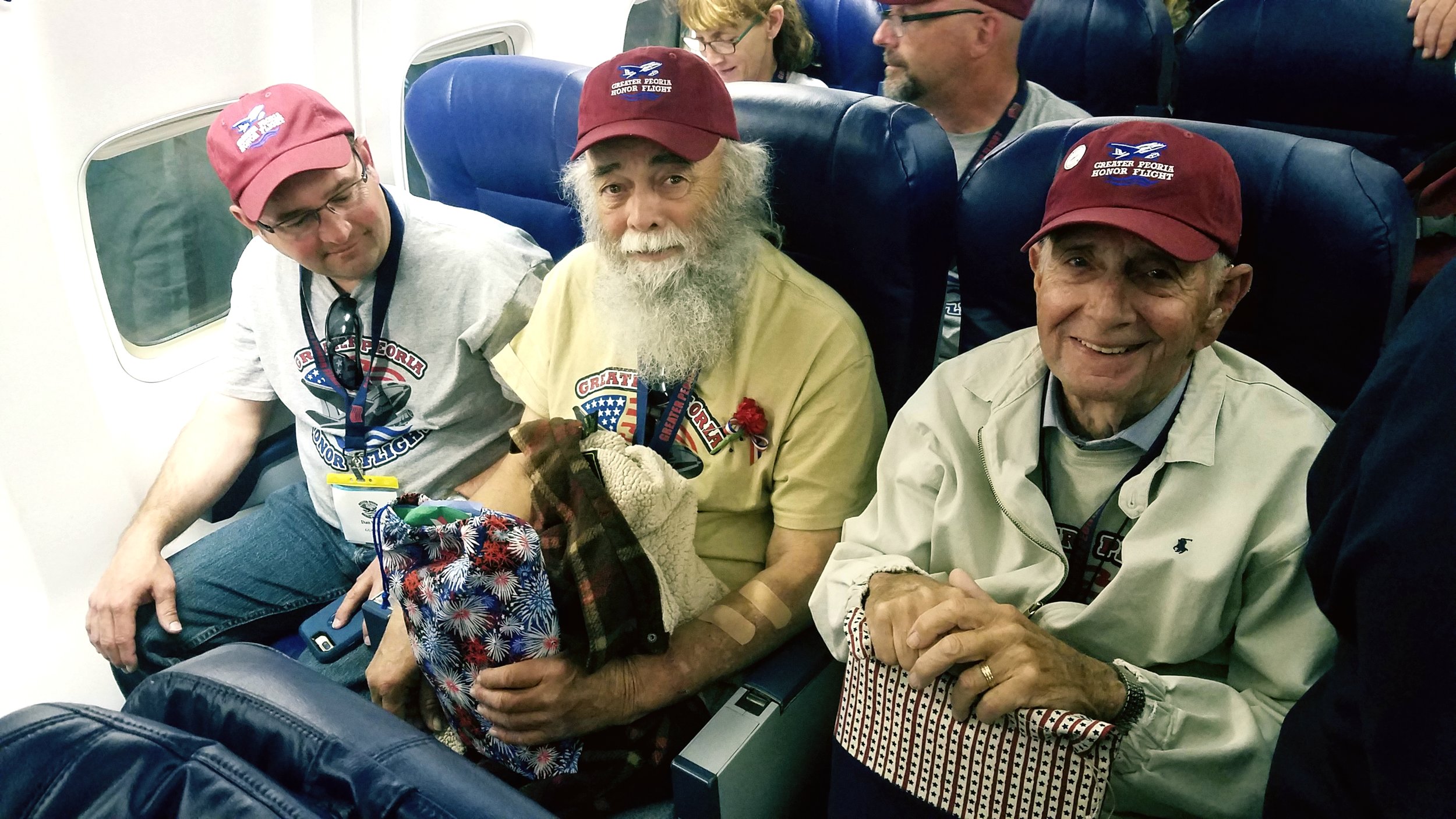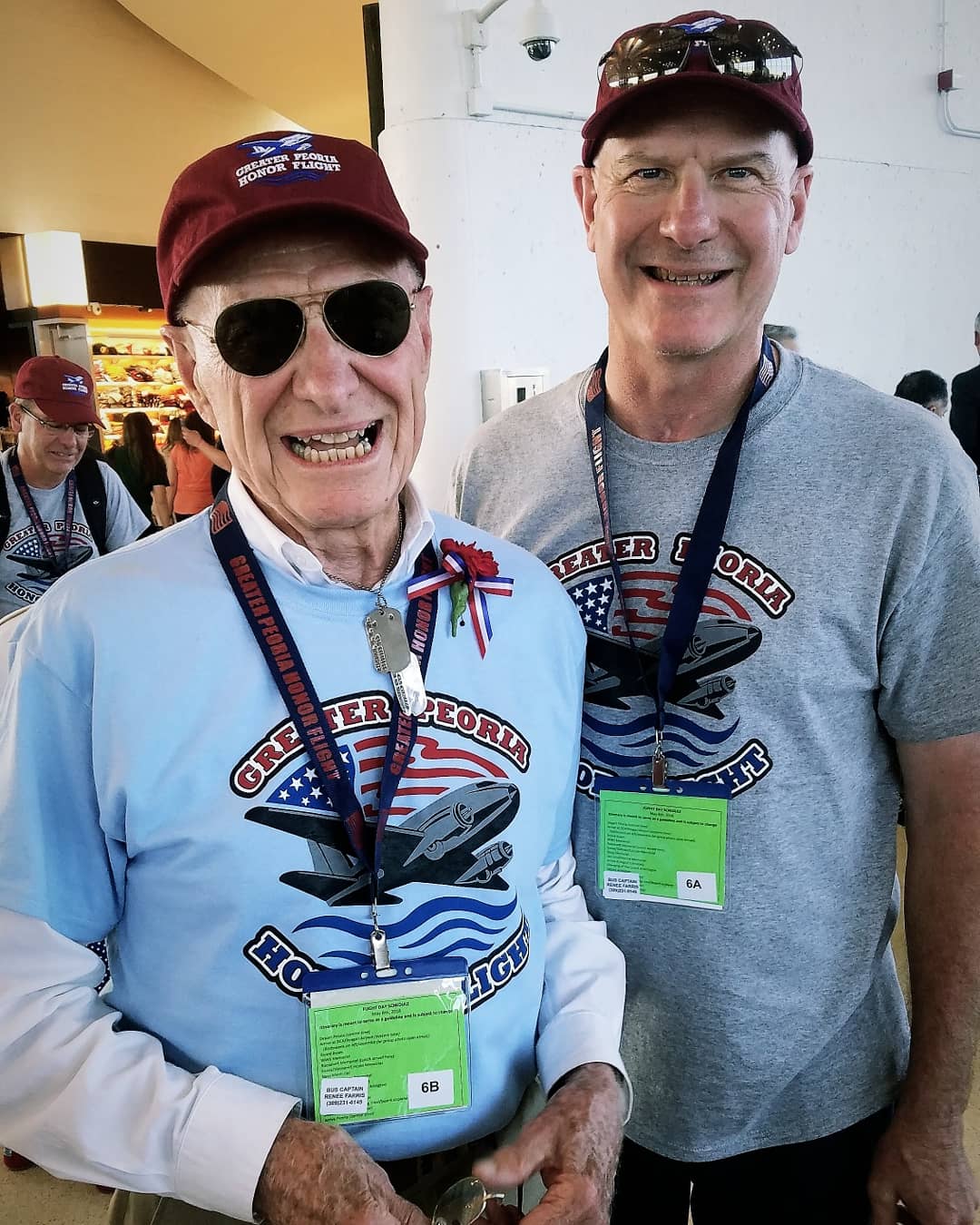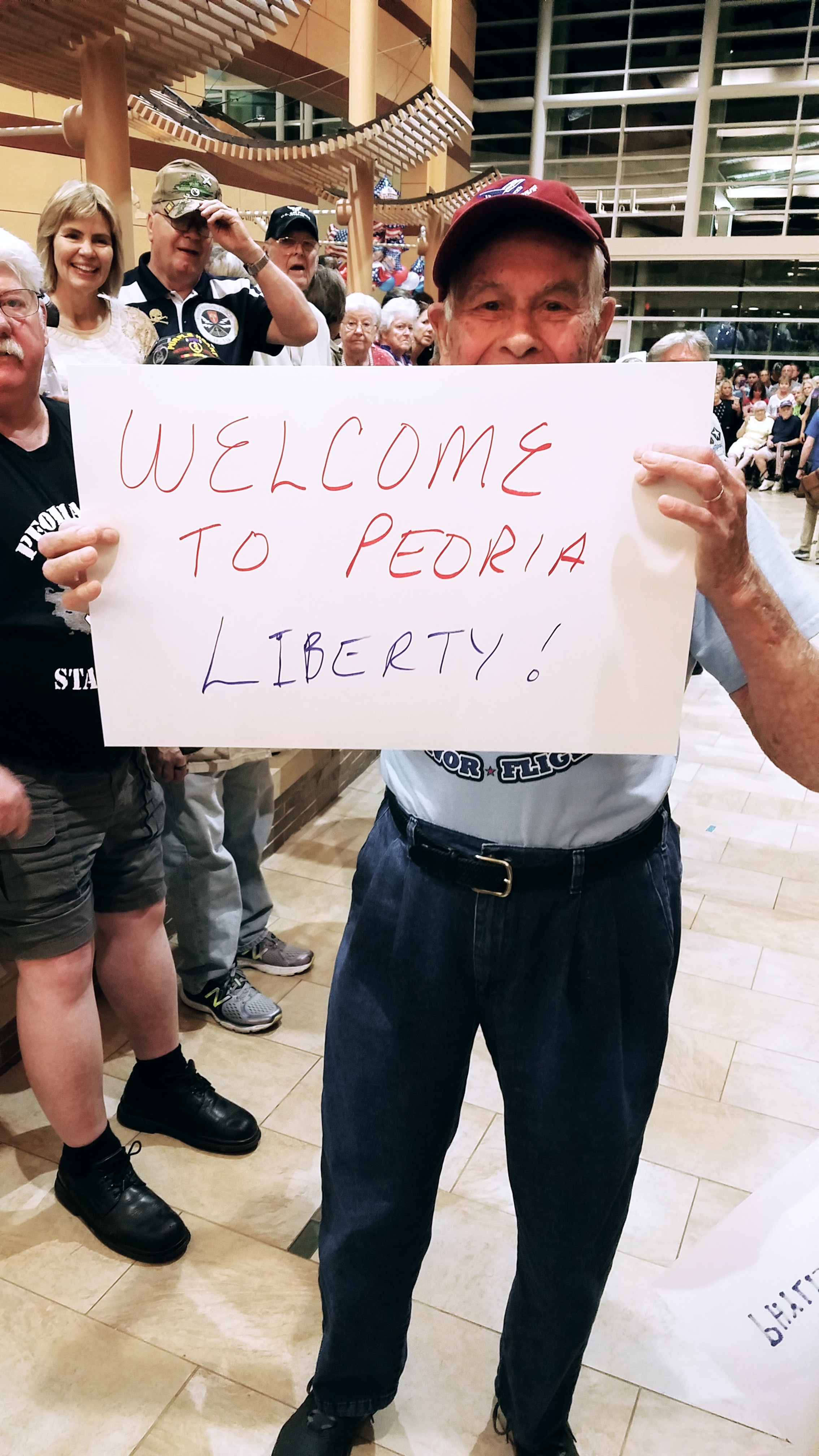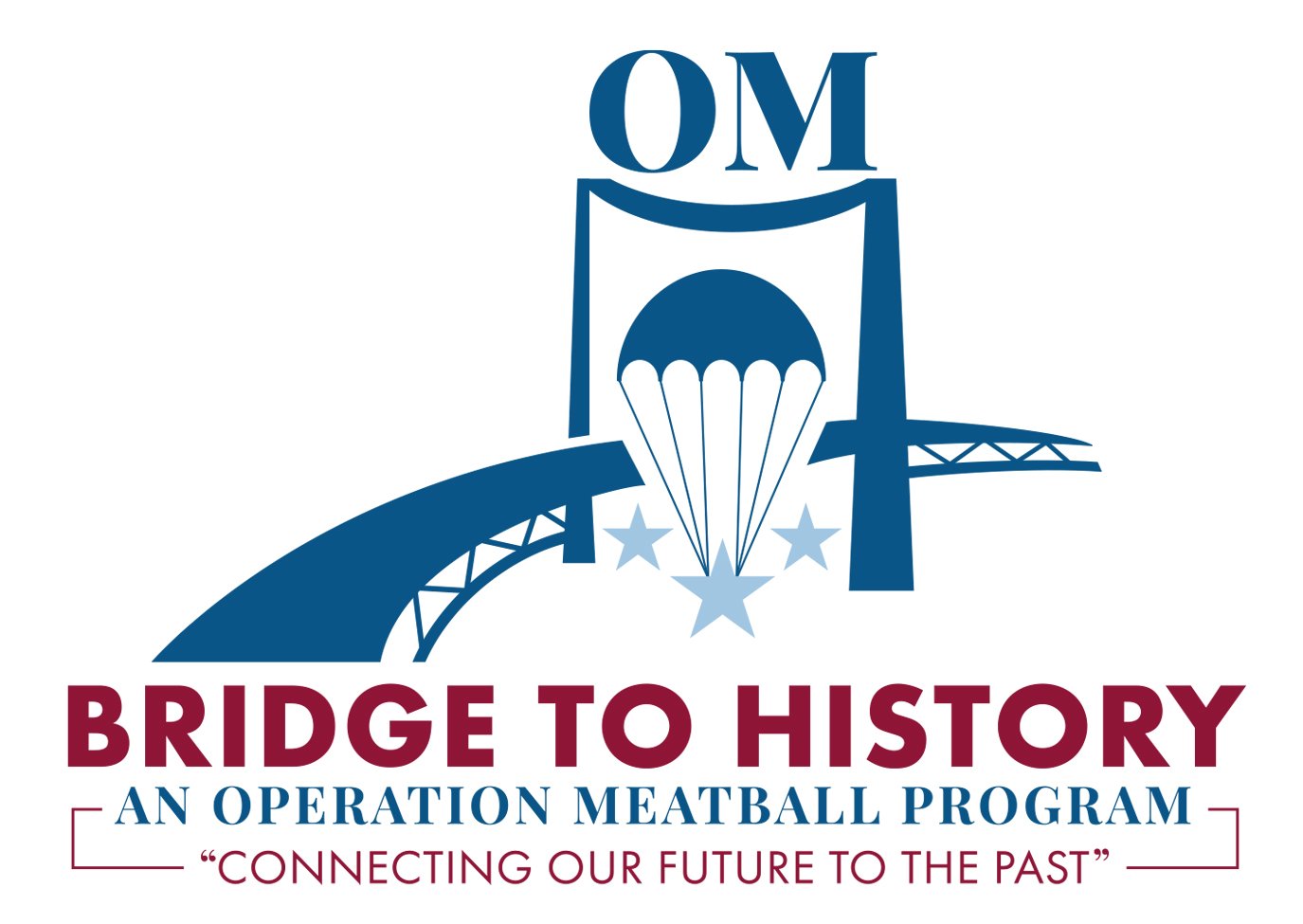Paratrooper, Toccoa, Currahee
/We just wrapped an incredible weekend in Toccoa, Georgia with the Bridge to History Ambassadors studying all things Paratroopers.
One of the key aspects of the B2H program is continued mentorship and investment into the community when they return from their trip to Normandy. This weekend kicked off our first official Bridge to History Stateside Program and it couldn’t have been better.
If you have ever watched the TV show Band of Brothers or read anything about Dick Winters and the 101st in Normandy, then I am pretty sure Toccoa has popped up on your radar at some point. Nestled in the beautiful back country of northeast Georgia, Toccoa during WWII was home to the 101st Airborne. This is where the soldiers trained to become Paratroopers. They hiked the infamous Currahee Mountain. And it was here they were forged into the fighting force that would become a helping hand to the liberation of Europe.
This past weekend, Bridge to History Ambassadors from 2022, 2023, and 2024 flew and drove in from all over the country to spend a couple of days learning about these brave men of WWII.
Sleeping in the rebuilt WWII barracks at the base of Mount Currahee (on the exact location of the original camp) the ambassadors and their parents had a packed couple of days. Here are a few highlights:
“3 Miles Up, 3 Miles Down”
After a great tour at the Camp Toccoa at Currahee Museum, the ambassadors embarked on the hike up the mountain. Historically, the paratroopers would run this mountain on almost daily basis regardless of weather conditions. In Band of Brothers it infamously depicts a spaghetti dinner followed by a rigorous run up the mountain. The outcome? Yes - what you are probably thinking is correct.
The B2H ambassadors were grateful to just be hiking the mountain minus the spaghetti dinner. And they performed it with gusto.
Honoring Our Veterans
Saturday afternoon WWII veteran Andy Negra joined the Bridge to History crew for lunch and a special “fireside chat” about his experiences with the 6th Armored Division in Europe during WWII.
Andy is two months shy of 100 years of age. His spirit is effervescent. His perspective on life beautiful. And the love he still carries for his late wife (of 72 years) is inspiring.
For well over an hour, he shared his stories of the war, starting off with his childhood during the Great Depression.
Andy had called me a few days before the trip and asked what the ages of the students in attendance would be.
“10-12” I told him.
“Good.” He said, “That’s the age I was during the depression. I’ll tell them a bit about that for starters. They can relate better being similar ages.”
Andy didn’t shy away from talking about Buchenwald Concentration Camp. With careful tact, he told the students what he saw and the impact it had on his 21-year-old self.
It’s important to teach kids about the realities of war in an age-appropriate way. Film makes war glamorous. It’s easy for a 12-year-old history buff to see the uniforms and the tanks and the firearms and get excited. This is natural.
But this is why we discuss all aspects of war. Good and bad. People forget the atrocities that happened in the concentration camps. And when you forget, you repeat. It’s never too early to start teaching the value of life and honor and integrity.
“Those who do not remember the past are condemned to repeat it.”
Andy is a very special example of the character of the WWII generation. He is a national treasure. His life mission is to continue to educate the next generations about their legacy as Americans.
With his 100th birthday coming up, he told me that he just got his first passport last year. “I have 8 years left on it, so I plan on using it for the next 8 years.”
Our afternoon with Andy was a treat and a genuine honor. These boys will never forget it. I’d made my heart so happy to see the focus and attention they paid him (shout out to Winston who asked such superb questions it made Andy stop in his tracks with admiration).
Connecting Them With the Youth of Today
Connecting the Ambassadors to the communities and local veterans groups is a very important part of Bridge to History Program. It means that the students have to take what they learned and implement it in the real world.
Our last night in Toccoa, VFW Post 4346 welcomed us as their guests for the evening.
When I initially reached out to the VFW about having the kids come over and have dinner and meet some of the vets, Post Commander James Williams didn’t skip a beat. “Of course!”
Williams and VFW Auxiliary President, Li’el Cohen were our gracious hosts taking meal orders and chatting with the group. Several veterans of various wars also joined our students, mingling and sharing war stories. The collective life experience in the room was incredible and the couple of hours we shared with them was just the tip of the iceberg.
One veteran of Vietnam shared an incredibly moving story of his battle with PTSD and how he learned to overcome it rather than be overcome himself. Another Navy vet had us chuckling with laughter and admiration as he passed his Navy decorated prosthetic leg around for our viewing pleasure.
Eventually we had to go back to camp, but it was hard to say goodbye. Each of the little ambassadors expressed how much they had enjoyed the evening.
Everyone talks about Southern Hospitality, but I gotta say - there’s something just a little bit extra special about Georgia hospitality. When I first stepped foot in Toccoa 10 years ago - it felt like home to me. 10 years later, it still feels that way.
Throughout the entire weekend, the B2H ambassadors and their parents experienced the very best of Toccoa hospitality. They learned about the Paratroopers through the history they left behind, and the firsthand accounts of the Toccoa folks who grew up with those paratroopers when they returned for reunions. They hiked Mt. Currahee with gusto - “3 Miles Up, 3 Miles Down.” They honored the memory of Toccoa Paratroopers who had been killed in action. They met with veterans, heard their stories, took notes and listened with their whole hearts. The students even got to help out a little at Camp Toccoa at Curahee. And they went home with full and happy hearts.
My desire is that this weekend added to the flame of interest and excitement they carry for understanding our American history and legacy. I hope they will continue to read and study and come back to Toccoa. It’s a special town with a rich history. We have so much to learn from it.
I would like to thank Steve Latham, Brad Rettig, and Camp Toccoa at Currahee, Inc.. for hosting us in their World War II barracks at the base of Mount Currahee, the same location as the original camp! They have done a phenomenal job rebuilding the barracks and provided the ambassadors with a special tour and history lesson on the paratroopers that trained at Toccoa.
I’d also like to thank Dale Moseley, Brenda Carlan, Lyn Hack, Pat Turner and the Currahee Military Museum for making our afternoon visit to the museum with Andy absolutely perfect and always going above and beyond to give young people the opportunity to learn about the history of Toccoa.
And many many thanks to VFW Post 4346 for an absolutely delightful evening. We cannot wait to come back and share this experience with more Bridge to History ambassadors and their families.
Bridge to History is a program of OPERATION MEATBALL. To learn more, participate, or donate click here:
Operation Meatball
Honoring Veterans & Connecting Them With the Youth of Today



